The Panasonic W85B is a television that aims to prove that the Japanese brand can make not only high-end equipment but also something more "for the people." And indeed — on paper, it looks quite decent: a VA panel with solid contrast, high refresh rates of 120/144 Hz, two full HDMI 2.1 ports, and low input lag. It sounds like a great set for a gamer or someone who just wants an affordable TV with good fundamentals. However, the reality is a bit more complicated. The W85B performs well mainly with the SDR format, especially after calibration, and is suitable for typical daily use. But when we start demanding more from it — for example, expecting strong HDR effects or greater immersion in games with that mode turned on — the TV quickly reveals its limitations. Its brightness is low and the lack of local dimming really stands out during evening viewing. Therefore, we see the W85B more as a "daily" television — ideal for someone who watches terrestrial television, YouTube, or streaming in SDR, and wants to connect a console or PC at 120/144 Hz (but without HDR). In this role, it performs very well. Is it a television for everyone? Definitely not. But if we accept its limitations and approach it without high expectations, the W85B can provide a lot of enjoyment for relatively reasonable money.
- Matching (Score)
- Our verdict
- TV appearance
- Where to buy
- Contrast and black detail
- HDR effect quality
- Factory color reproduction
- Color reproduction after calibration
- Smoothness of tonal transitions
- Image scaling and smoothness of tonal transitions
- Blur and motion smoothness
- Console compatibility and gaming features
- Input lag
- Compatibility with PC
- Viewing angles
- TV efficiency during daytime
- Details about the matrix
- TV features
- Apps
- Playing files from USB
- Sound
Panasonic W85 vs TCL C69K / Q6C
Direct compare
C69K / Q6C / C6K
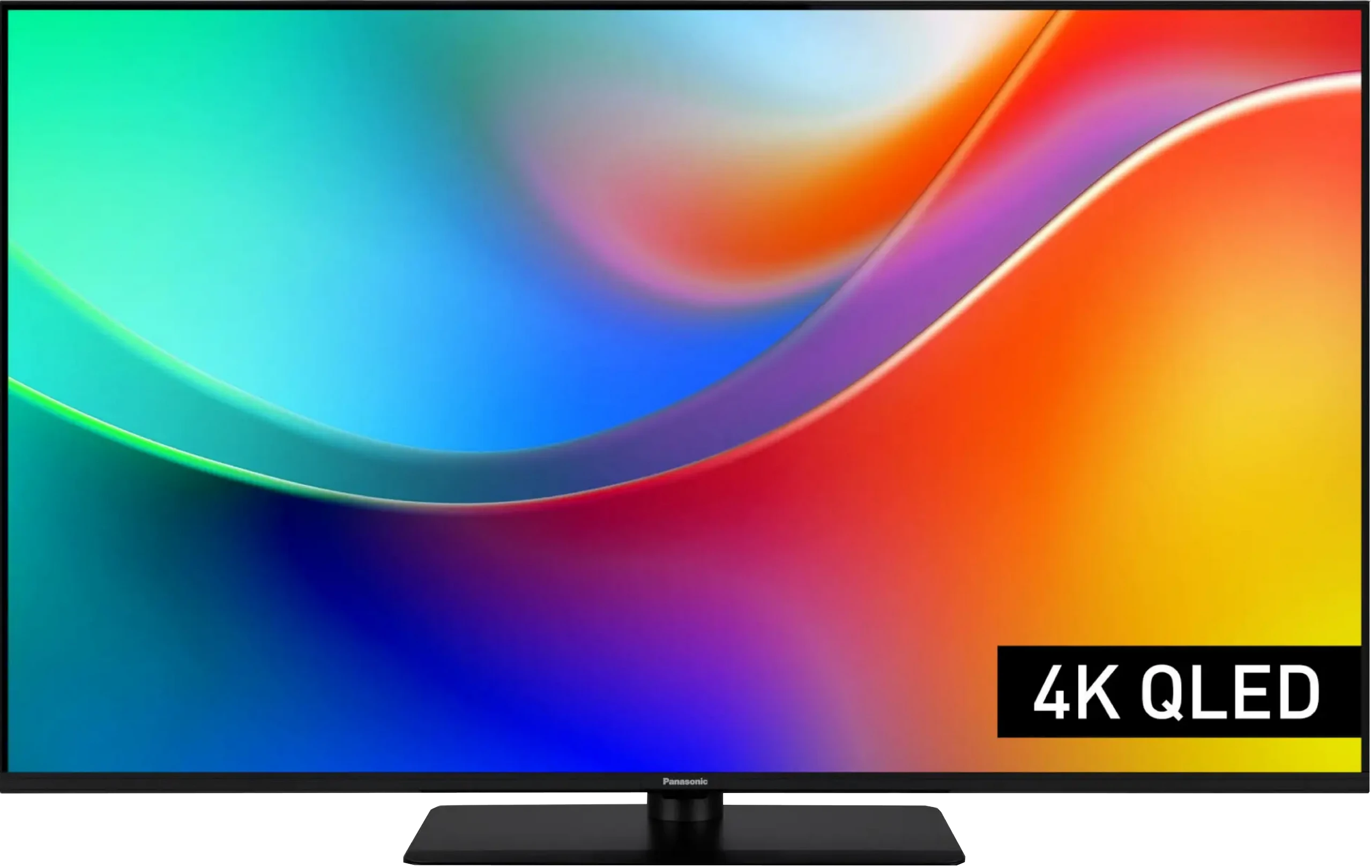
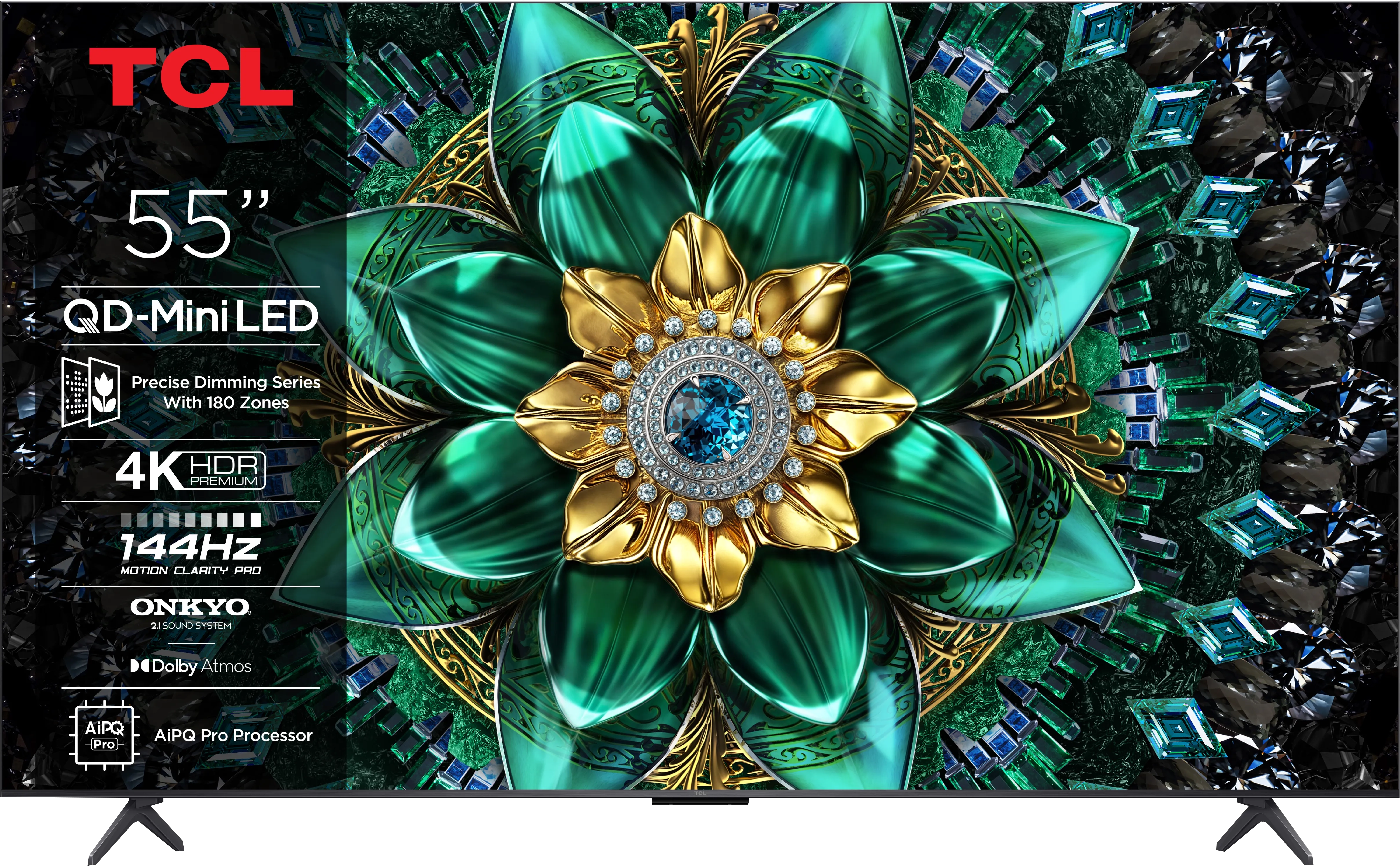
Panel type: LCD VA
Resolution: 3840x2160
System: Amazon FireTV
Model year: 2025
Complete the survey to find out the result

Panel type: LCD VA
Resolution: 3840x2160
System: Google TV
Model year: 2025
Complete the survey to find out the result

Overall rating
6.1
7.1
Movies and series in UHD quality
5.5
6.7
Classic TV, YouTube
5.8
6.6
Sports broadcasts (TV and apps)
5.8
6.3
Gaming on console
7.7
8.4
TV as a computer monitor
8.6
8.6
Watching in bright light
4.2
6.4
Utility functions
6.8
7.0
Apps
7.6
9.6
Sound quality
5.8
6.5
Complete the survey to find out what fits your preferences
Advantages
VA matrix with high native contrast
High refresh rate of 120/144 Hz
Two HDMI 2.1 ports with support for ALLM, VRR, and Dolby Vision in games
Very low input lag
Fairly good colour gamut coverage thanks to the QLED filter
Support for multiple HDR formats including Dolby Vision and HDR10+
Sturdy central stand
Great compatibility with PC – full chroma 4:4:4, clear fonts
Very good contrast and black: VA panel and MINI-LED backlighting
Good motion smoothness: High refresh rate of 144Hz
Decent panel brightness
Many features for gamers: VRR, ALLM, HDMI 2.1, HGiG
Additional mode for PC gamers: 240Hz
GoogleTV system with a wide selection of applications
Support for multiple HDR formats including Dolby Vision
Support for Dolby Atmos and DTS
Very attractive price
Disadvantages
Low brightness (below 270 nits) – no real HDR
HDR mode in games is poorly developed, with incorrect HGiG implementation
Poor media file player
The FireTV system in Europe is poorly developed: there are micro stutters and awkward translations, and many applications are missing
Average sound quality, lacking depth
The motion smoother does not want to work
Management of backlighting could be more precise
Minor, occasional errors in the system
Slight ghosting visible in dynamic scenes
Great chaos in naming (many derivative models that differ in no way)
Our verdict
TV appearance
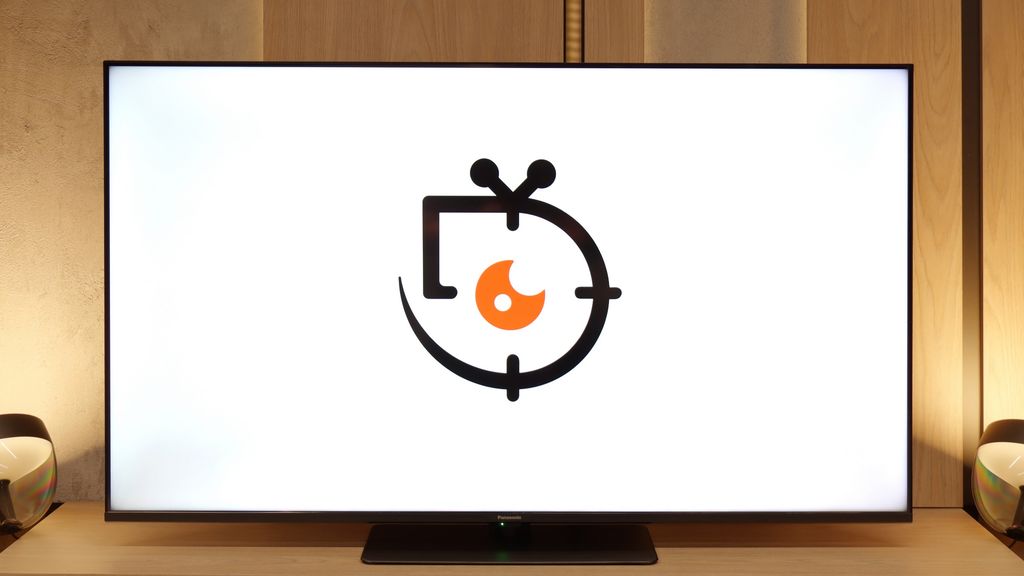




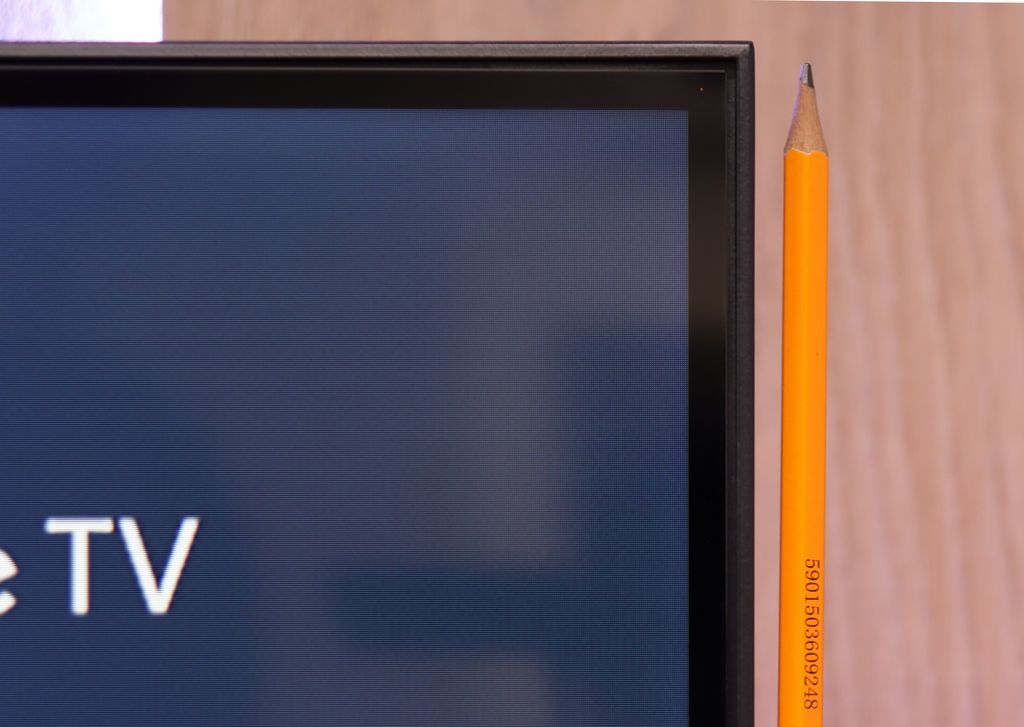
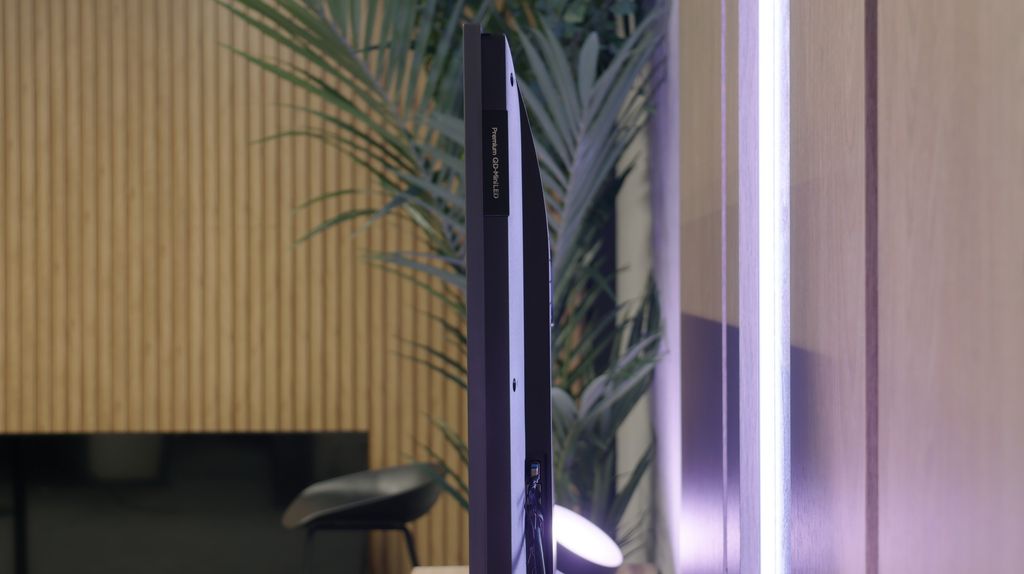

Contrast and black detail
5.3/10
7.3/10
Local dimming function: No
Local dimming function: Yes, number of zones: 180 (10 x 18)
Contrast:

Result
4,300:1

Result
4,250:1

Result
4,200:1

Result
4,400:1

Result
3,150:1

Result
113,750:1

Result
17,350:1

Result
16,300:1

Result
9,850:1

Result
4,850:1
Halo effect and black detail visibility:

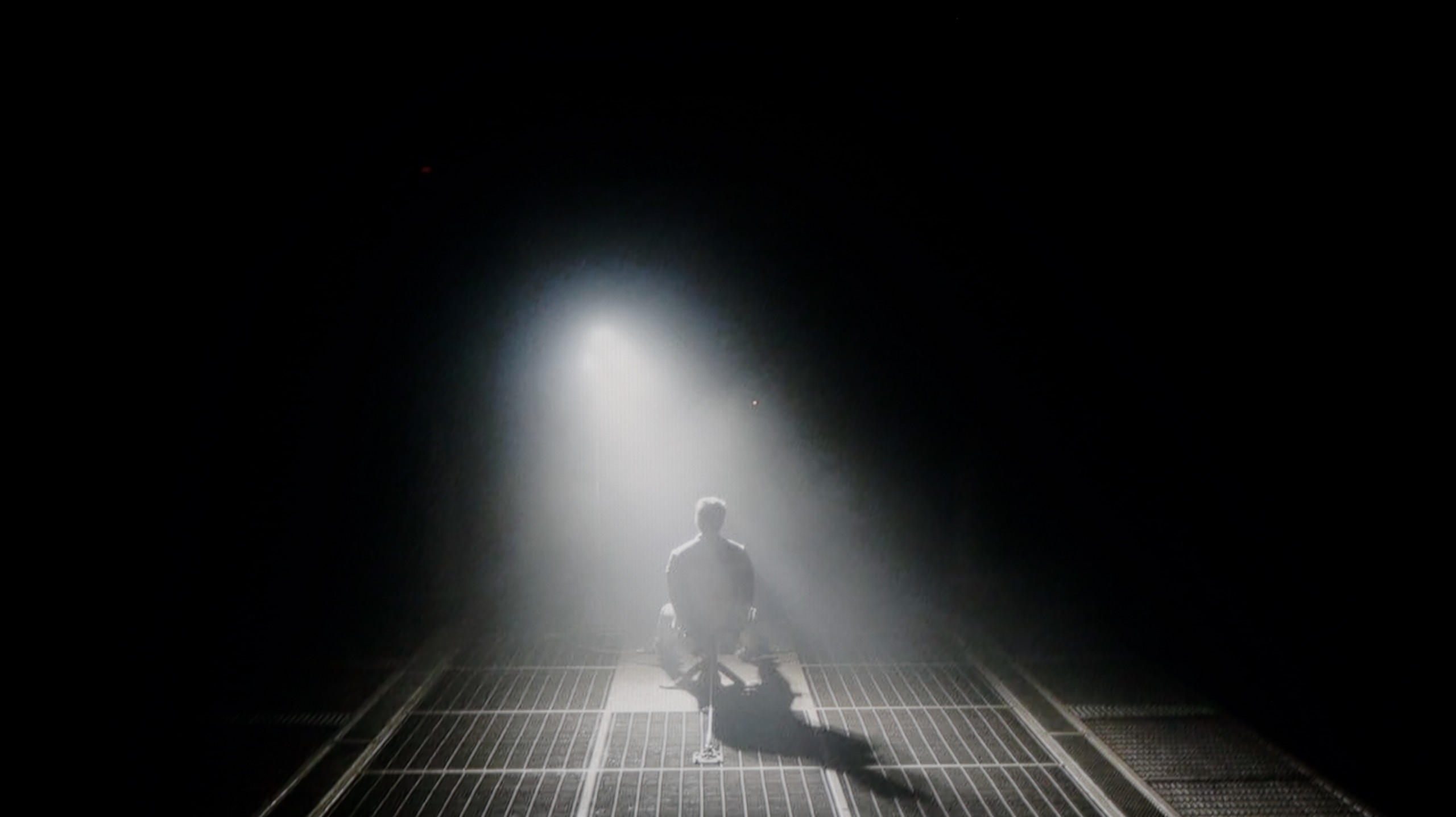
The W85B is Panasonic's basic LCD, so one shouldn't expect miracles in this category, but… the VA panel does a really good job here. Its biggest advantage is simply better contrast than in popular IPS panels – there, blacks often look like grey, whereas here you can actually see deeper tones. In the scenes we tested, the contrast held around 4000:1, which translates to roughly four times better performance than in IPS. Of course, there's no local dimming, so in challenging conditions, when it gets really dark in the room, black can resemble navy more than absolute pitch black. This is exactly the difference you notice when comparing it to OLEDs or Mini-LEDs. But for everyday viewing – series, matches, films in the evening in the living room – this contrast is more than sufficient. The picture has the appropriate depth, and the W85B does not give the impression of a "faded" television.
The heart of the image in TCL C69K / Q6C is the VA panel (specifically HVA from TCL CSOT), which offers a solid native contrast of around 6000–7000:1, even before local dimming is activated. However, the true strength of this model lies in the Mini-LED backlighting with the ability to dim individual zones. In the 55-inch unit we tested, we counted around 180 of them (this value increases with the diagonal size). For this price segment, the contrast is indeed very impressive. In less complex film scenes, for example in segments from "Oblivion," it presents excellently, and shots immersed in black are very striking. Nevertheless, the characteristics of Mini-LED technology mean that we do not always avoid issues – in more demanding frames with many bright details, halo effects or excessive dimming of certain elements may occur (regardless of the selected local dimming settings). All in all, contrast is undoubtedly a strong point of the C69K / Q6C.
HDR effect quality
4.2/10
4.9/10
Luminance measurements in HDR:

Result
228 nit

Result
249 nit

Result
283 nit

Result
282 nit

Result
297 nit

Result
610 nit

Result
204 nit

Result
425 nit

Result
148 nit

Result
589 nit
Scene from the movie “Pan” (about 2800 nits)

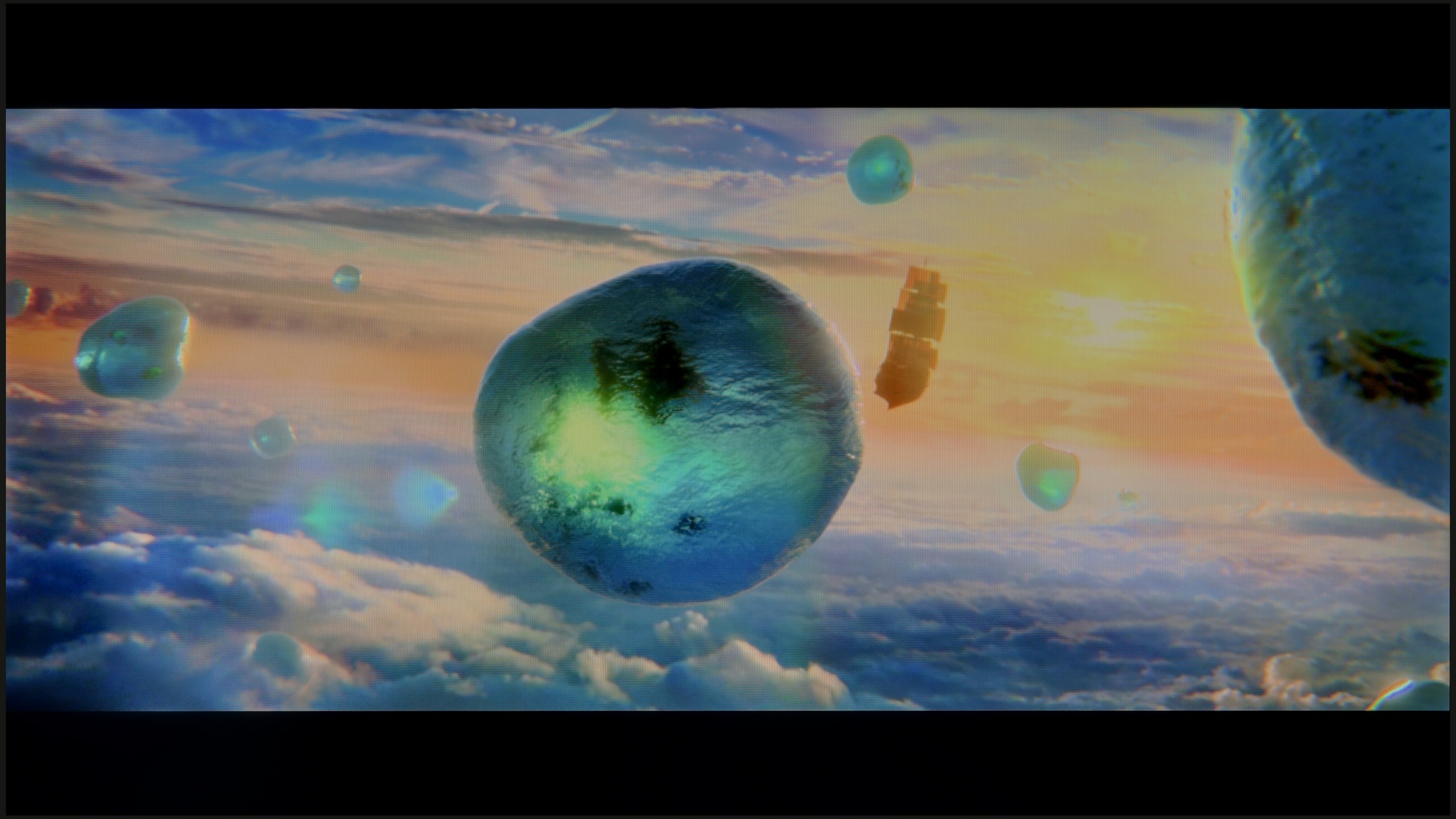
Scene from the movie “Billy Lynn” (about 1100 nits)


Static HDR10


Dynamic: Dolby Vision
Dynamic: Dolby Vision


HDR luminance chart:
TCL C69K / Q6C
HDR luminance
Panasonic W85
HDR luminance
Unfortunately, we do not have good news here. The Panasonic W85B is rather dim – its peak brightness does not exceed 300 nits, so it’s hard to talk about any true HDR effect. In practice, this means that scenes which can “shine” and make an impression on other screens simply look like ordinary SDR with a slight boost in colours here. Our measurements and film tests confirmed this – regardless of the content, the W85B will not extract anything more from HDR. Therefore, if someone is looking for a television specifically for HDR, it is better to look towards other models. As consolation, the fact remains that in terms of colours, the W85B performs quite well. It is a QLED television, so its colour gamut coverage is wide, and most films and series look natural, without a distinct “washed-out” effect. The colours are saturated, so in everyday viewing, there is no sense that something is strongly amiss.
In terms of brightness, TCL C69K / Q6C is a moderate model. In optimal film conditions, it shows its full potential, achieving a maximum of around 600 nits. In scenes with large, intense light sources, the HDR effect can be truly satisfying, providing a cinematic shimmer. However, it should be noted that when managing backlight zones, there are situations where parts of the image become dimmed, and sometimes they are barely visible. This suggests that there is still a lack of proper optimisation of the algorithms; however, considering the technical parameters in this price range, the design itself still presents very well.
Factory color reproduction
4.2/10
5/10


Factory Mode
After calibration


Factory Mode
After calibration
When testing the Panasonic W85B, we obviously started with Filmmaker mode, as this is today’s gold standard when it comes to watching content “as the director intended.” The problem is that this television is quite far from those intentions. The biggest issue turned out to be an excess of red – both in SDR and HDR. The image often appeared too warm because of this, and in some scenes, it was almost “blazing.” Additionally, there is the issue of brightness management. When we looked at the gamma or EOTF charts, it was clear as day that in most scenes, the television brightens the image more than it should. The effect was simply predictable. Details can get lost, there is flattening, and highlights are blown out across the entire screen. We know, of course, how to correct this, but it must be said honestly that it requires a lot of work during calibration. Out of the box, the W85B does not provide a picture close to reference – it is rather a television that will always interpret colours and brightness a little “in its own way” without professional adjustments. Unfortunately, this is to the viewer’s detriment.
The Filmmaker mode, which has made its debut in this year's TCL televisions (including the C69K / Q6C), is definitely the best choice "to start with." This is the mode we recommend for daily film and series viewings. Unfortunately, as is often the case, best does not mean perfect. In SDR material, the image proved to be too warm, with a pronounced red tint in the white balance. We had the opposite impression with HDR content – here the image became cooler than it should, due to an excess of blue. Additionally, there is the characteristic of brightness, which at times resulted in overexposure. In practice, this translated into quite noticeable errors in colour tests, which is difficult to accept in a mode branded as "from the creators."
Color reproduction after calibration
6.9/10
7.5/10




Fortunately, calibration made a significant difference for the Panasonic W85B, particularly in SDR content. Here, the improvement was really noticeable – we managed to balance the whites and somewhat tame the tendency of the television to excessively brighten the entire image. The picture became more coherent, and the colours gained a naturalness that was lacking in the factory settings. Admittedly, the results from the Color Checker are not perfect, as the W85B has visible issues with green saturation, but overall, we evaluate the post-calibration effect in SDR very positively. The situation is a bit different with HDR. Here too, we managed to reduce the tendency to warm up the entire scene, so the image performed significantly better than in the factory settings. However, the same issue we mentioned earlier is still evident – the television interprets the image too much "on its own" and brightens the entire screen. The lack of local dimming only exacerbates this effect. In summary, briefly in SDR content, the W85B performs really well after calibration and is more than suitable for daily viewing. However, in HDR, even after adjustments, it remains difficult to unequivocally recommend it for serious viewing sessions.
Through white balance correction, we were able to significantly reduce the tendency of C69K / Q6C to distort colours, which yielded a very good final result. After calibration, the issue of excessive warming of scenes in SDR and excessive cooling of the image in HDR disappeared. However, it is worth analysing the brightness characteristics more closely. While in SDR content it is hard to have major objections – the image looks really good, especially in older films, TV programmes or on YouTube – it performs significantly worse in the case of HDR content. Analysis of the EOTF curve suggests that everything is fine, yet in practice (EOTF in films) the limitations of the design itself become apparent. This model has a tendency to excessively brighten small parts of the frame, only to overly dim the entire scene in other situations. The effect of calibration is therefore undeniable, and in terms of colour reproduction, C69K / Q6C gains a lot. Unfortunately, certain limitations arising from local dimming management simply cannot be bypassed.
Smoothness of tonal transitions
9.1/10
9.5/10

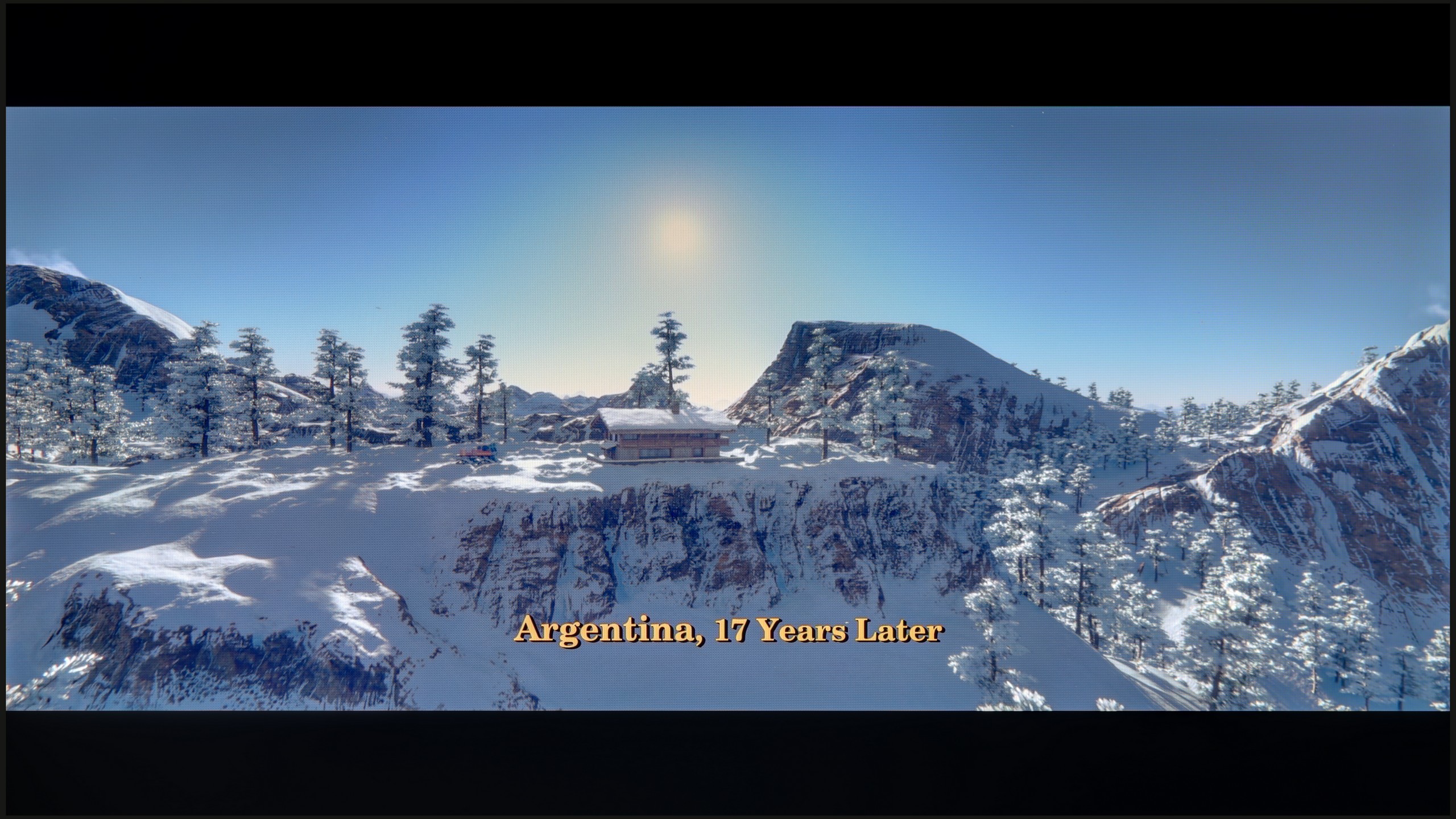



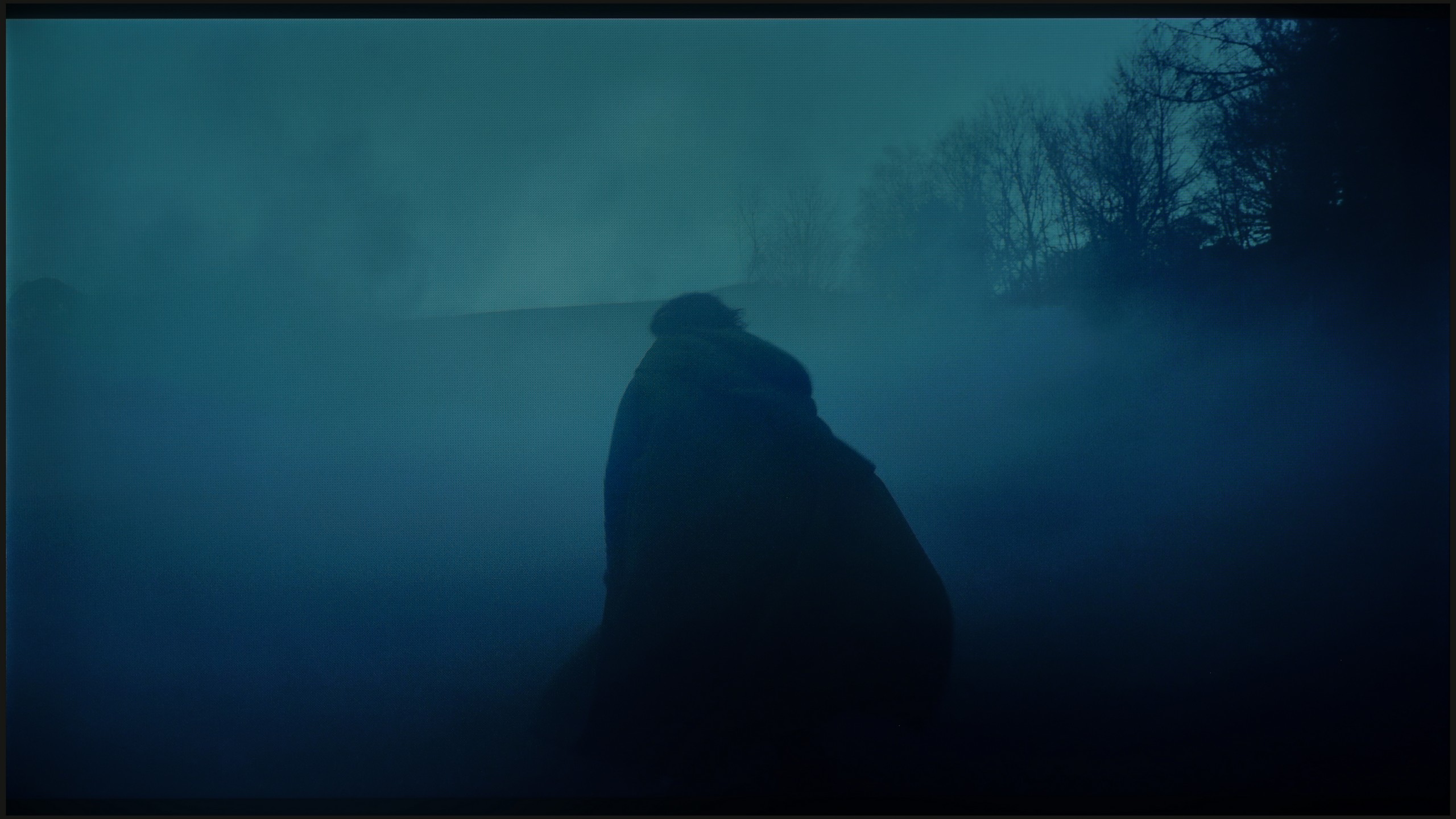
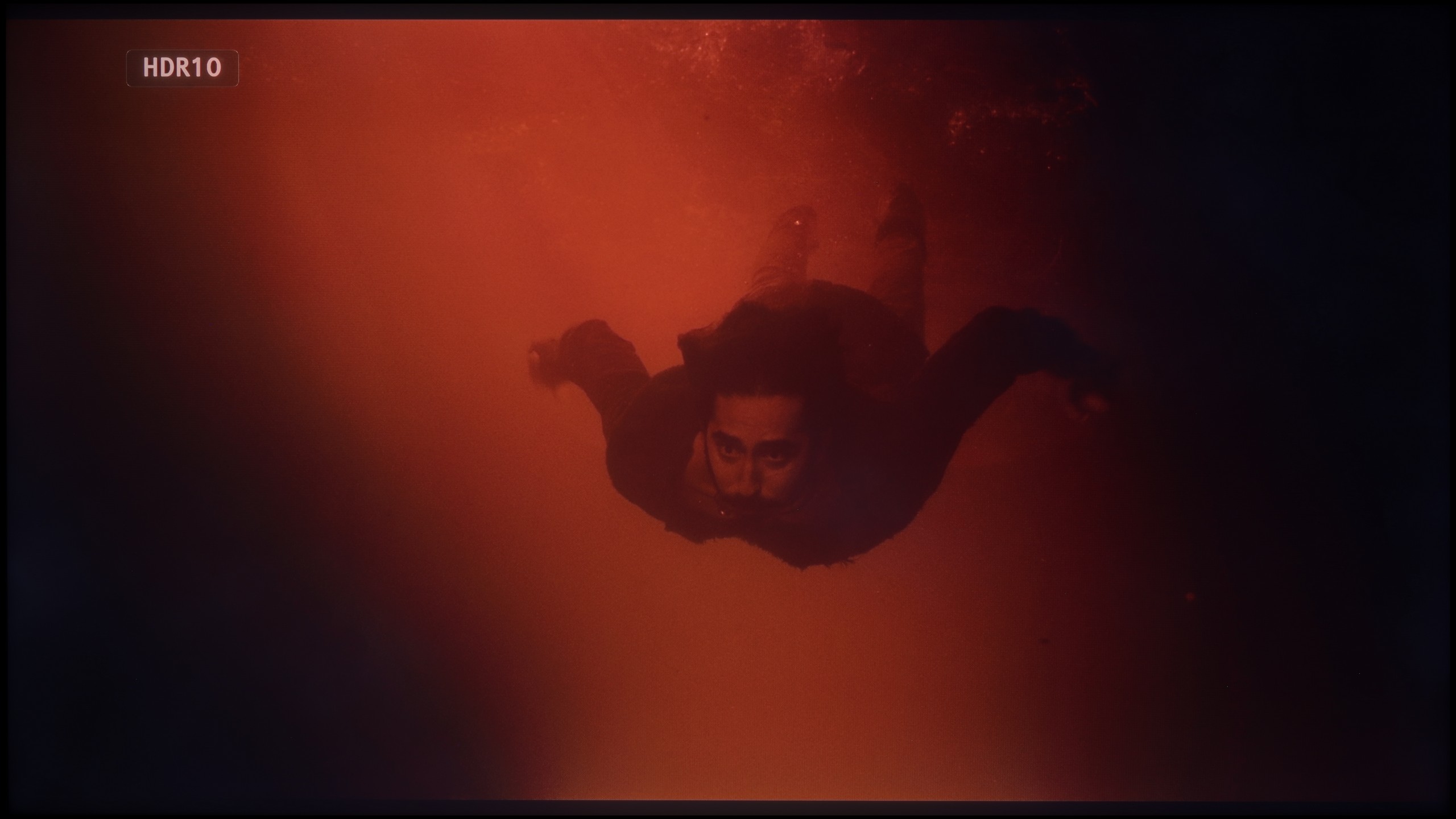
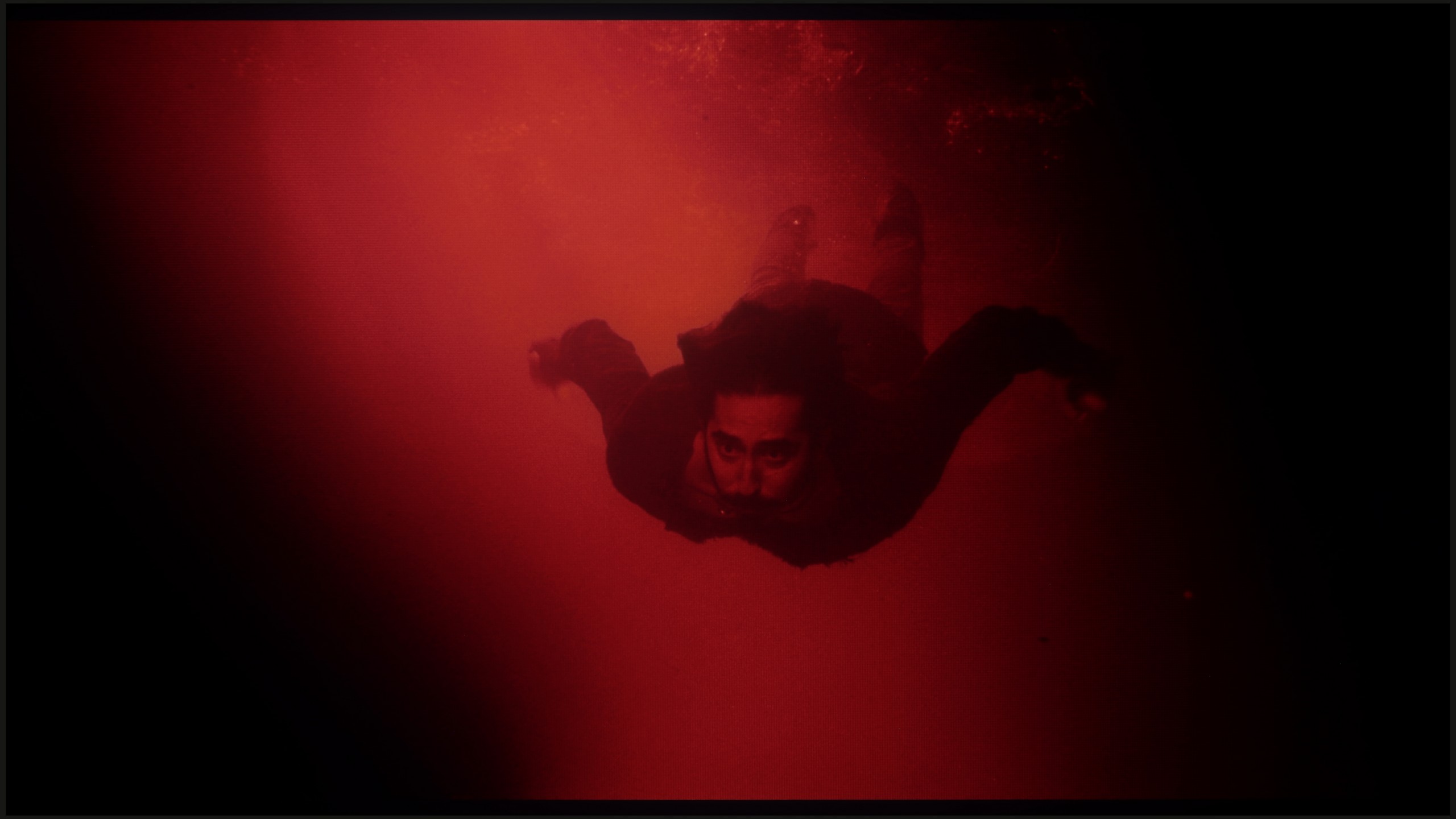




Here we can comfortably praise the Panasonic W85B. The television handles colour matching and tonal transitions remarkably well. Gradients appear smooth, without visible bands or artificial contours. As a result, the image gains a natural quality, and sequences with a large number of subtle shades – such as the sky or blurred backgrounds – look exceptionally good for this class of equipment.
In the model C69K / Q6C, tonal transitions (between colours) are very smooth, and it is difficult to notice any banding. The image appears natural, and any minor imperfections are only visible on bright test screens, and that requires very careful scrutiny. In everyday viewing, the effect is simply outstanding. It can be confidently stated that in this category, C69K / Q6C performs exceptionally well.
Image scaling and smoothness of tonal transitions
6/10
5/10
Smooth transition function

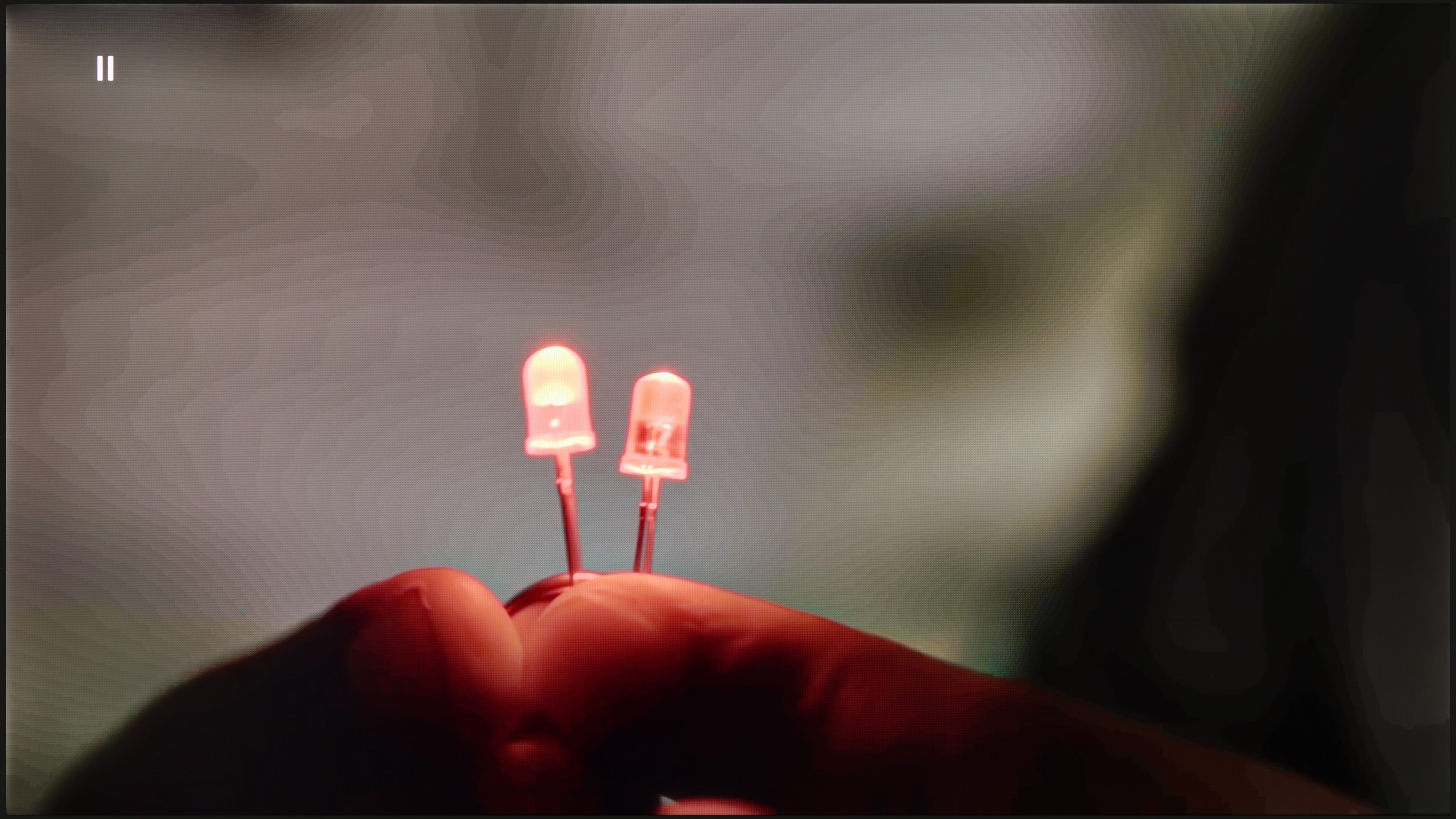
Image without overscan on the SD signal


With native SDR content, the Panasonic W85B performs very well – tonal transitions are smooth and natural, without artificial bands or prominent contours. However, the situation is worse when it comes to lower resolution materials. It is precisely there that the television has the most difficulty with "enhancing" the image. The lack of any option in the menu that would allow for improving gradation means that with older films or materials from YouTube, one can sometimes notice slight issues with colour blending.
Fortunately, upscaling, or raising the quality of lower resolution content, performs much better. This is definitely a strong point of this model – the image is scaled cleanly and in detail, and the television handles this better than one might expect from such an inexpensive piece of equipment. This is thanks to the HCX processor, which Panasonic has been developing for years, and it is noticeable that even in the lower series it can do a good job.
In terms of image scaling, TCL C69K / Q6C performs quite well. Lower quality content appears acceptable, and thanks to the lack of overscan issues, the image is displayed in full without any cropping. However, one should not expect miracles – very low-quality materials will not gain a second life here, as the image processor has its limitations.
Thin lines and details exhibit characteristic tearing, which reveals the absence of more advanced image enhancement algorithms. It is also a pity that the C69K / Q6C lacks a tone transition smoothing feature. As a result, in older films or video materials, banding of colours can be visible and may become distracting during prolonged viewing.
Blur and motion smoothness
6.5/10
7.3/10
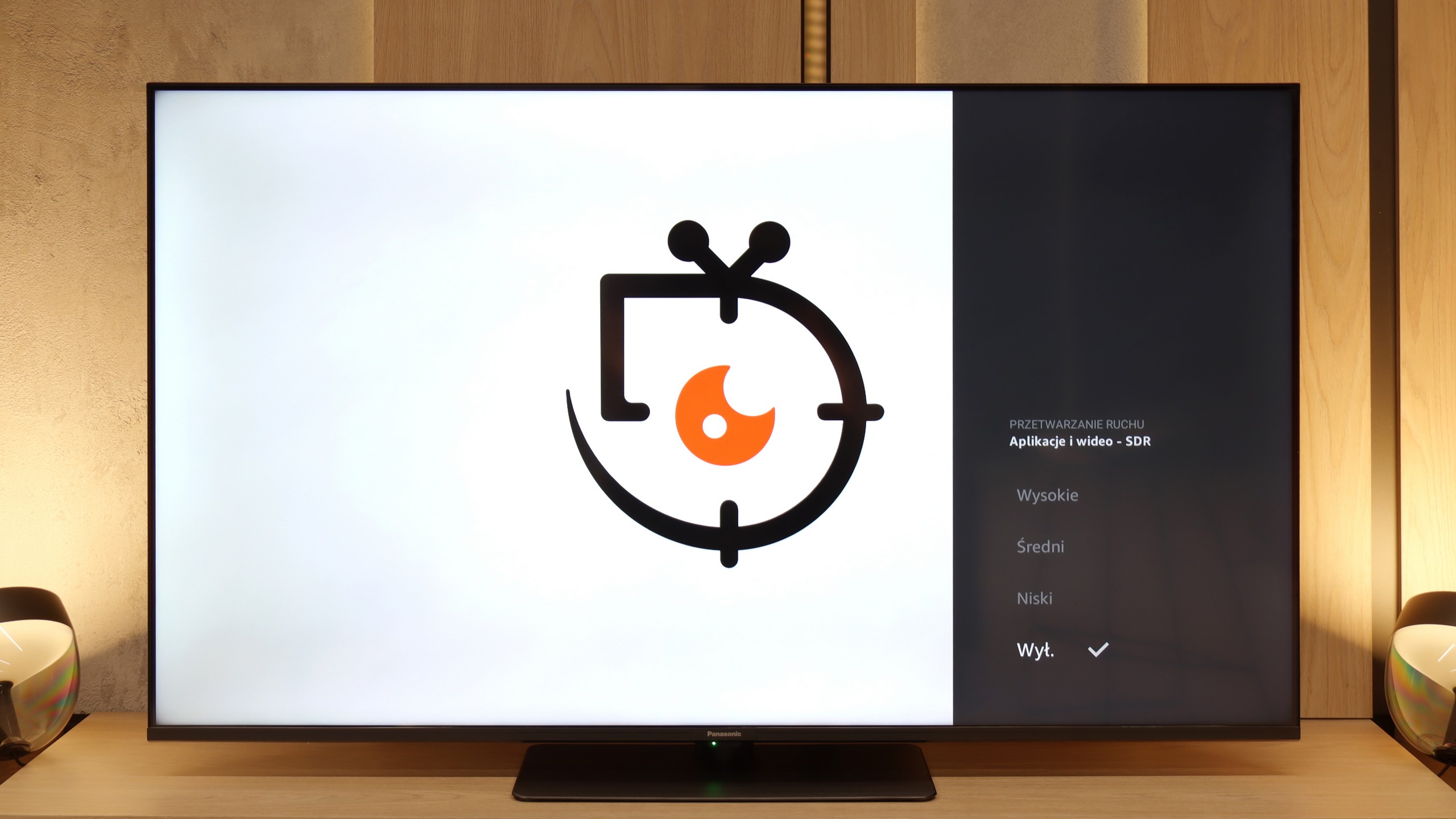

Blur (native resolution, maximum refresh rate):


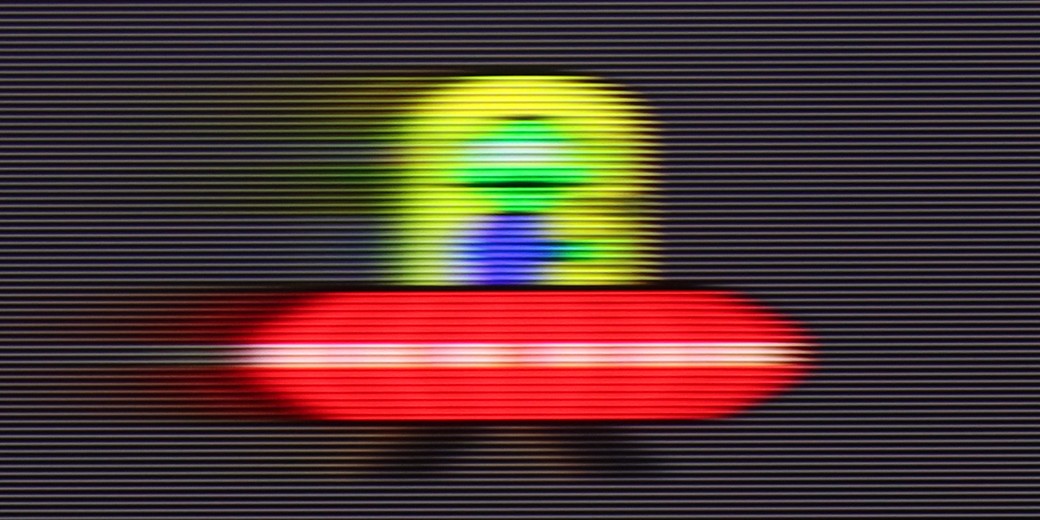

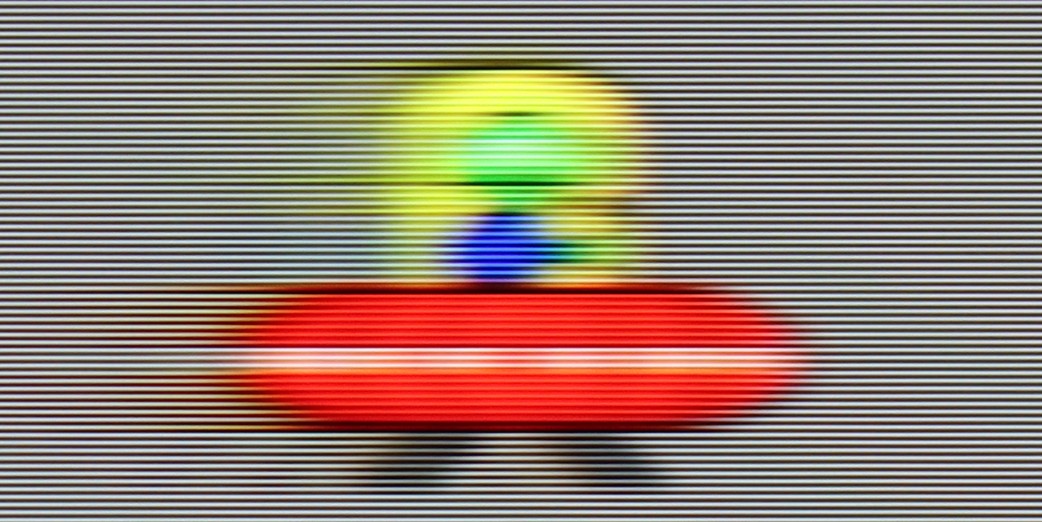
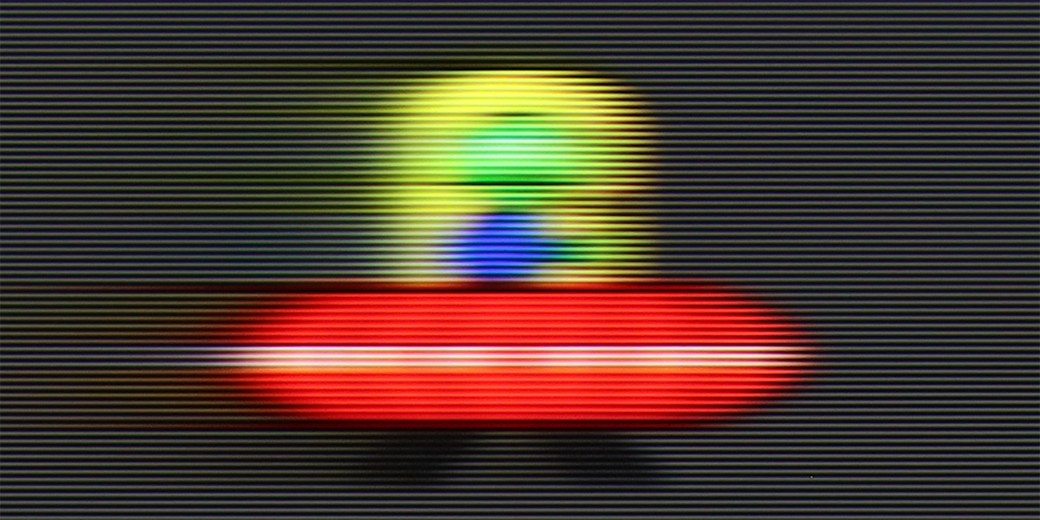
Blur (BFI function enabled):


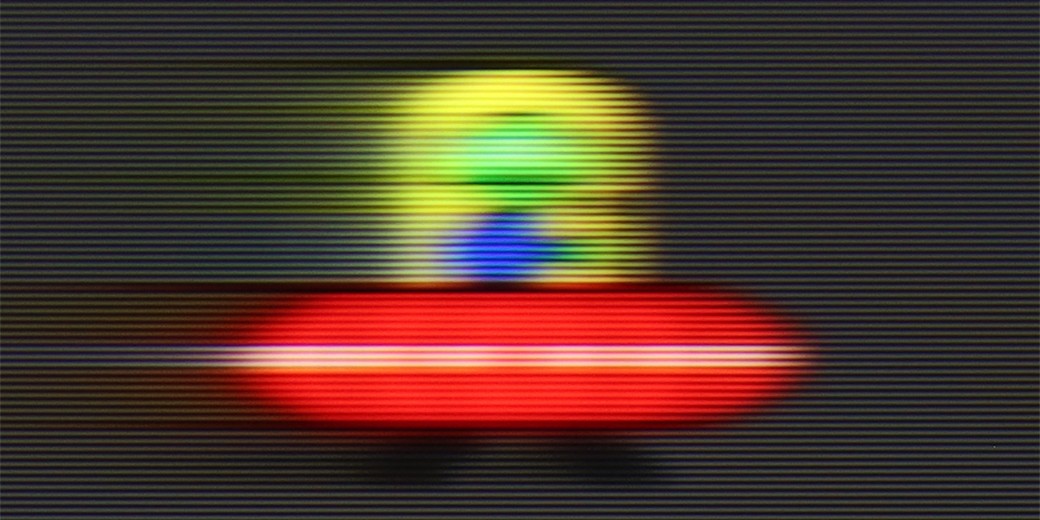
Smużenie (4K@144Hz):



Smużenie ():
At first glance, everything looks good – the Panasonic W85B has a 120 Hz panel and even a 144 Hz mode, so it seems that it should cope well with smooth motion. The problem arises when we look into the settings. The options for improving fluidity are supposedly present in the menu, but in practice… they don't change anything. No matter what we choose, the image looks the same. On top of that, there is a lack of BFI, or the black frame insertion mode, which on many televisions helps sharpen motion. And suddenly it turns out that despite the strong panel, the W85B offers us no real tools to adjust motion according to our needs. It’s only good when the source itself operates at a higher frequency – for example, games at 120 Hz. But when it comes to films or sports, we simply have to accept what the television shows us, because nothing more can be done about it.
The use of a 144 Hz panel in TCL C69K / Q6C is a significant advantage in this price range. It represents an important step forward compared to its predecessor (C655 PRO), which only offered 60 Hz in 4K. The difference is particularly noticeable when watching sports or playing games – the ball, players, or dynamic action in games are displayed more clearly and without loss of detail. Another interesting feature is the panel's ability to work at 240 Hz (which the manufacturer does not officially mention) – we will return to this topic in relation to the PC gaming mode. TCL has also added a feature for movie fans: “Motion Clarity”. This allows users to adjust the picture to their preferences using two simple sliders. We can either keep the visible film frame or opt for very smooth, "
Console compatibility and gaming features
8.5/10
9.8/10
- ALLM
- VRR
- VRR range48 - 144Hz48 - 240Hz
- Dolby Vision Game Mode
- Correct implementation of HGIG
- 1080p@120Hz
- 1440p@120Hz
- 4K@120Hz
- Game bar
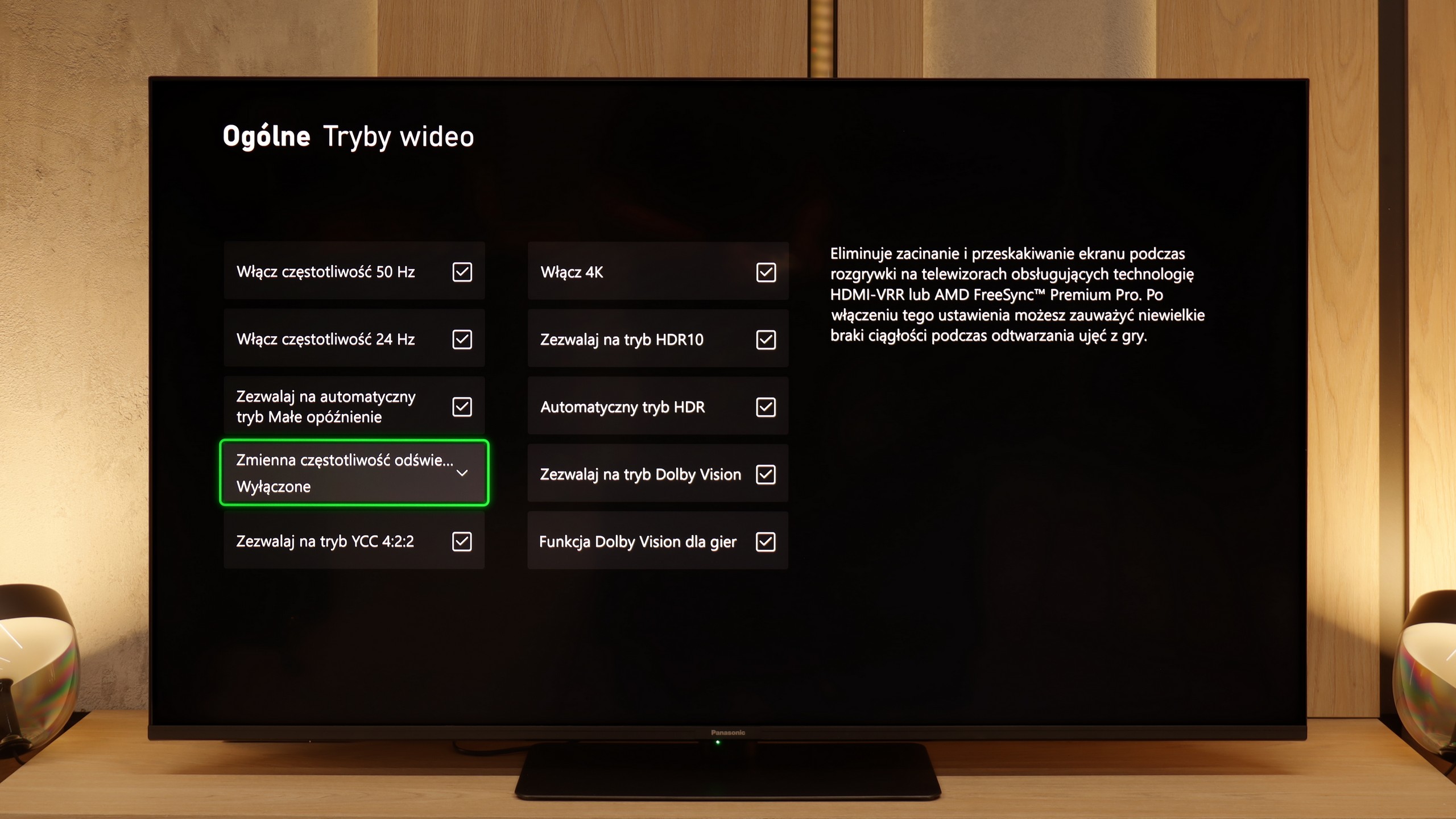
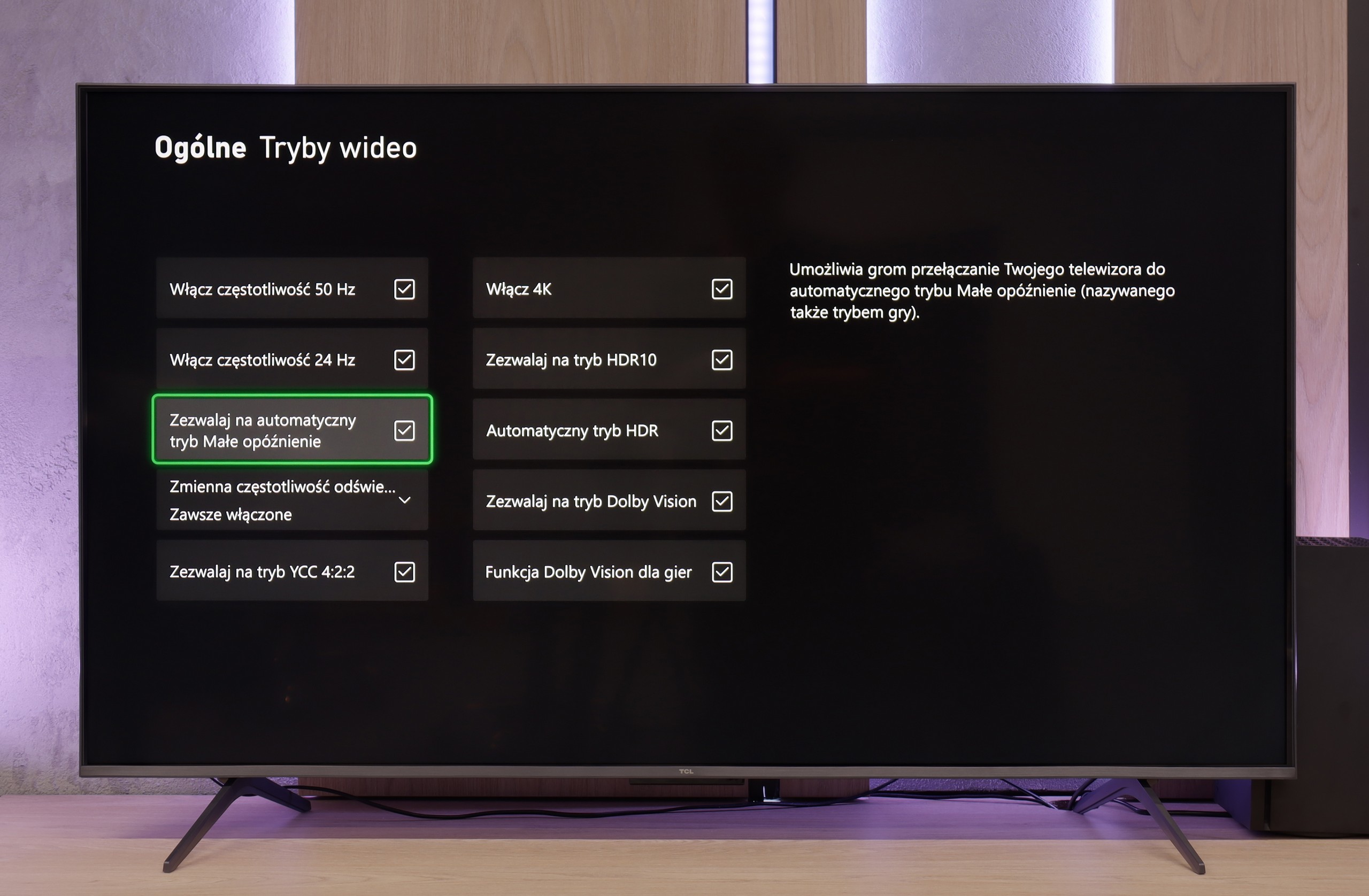
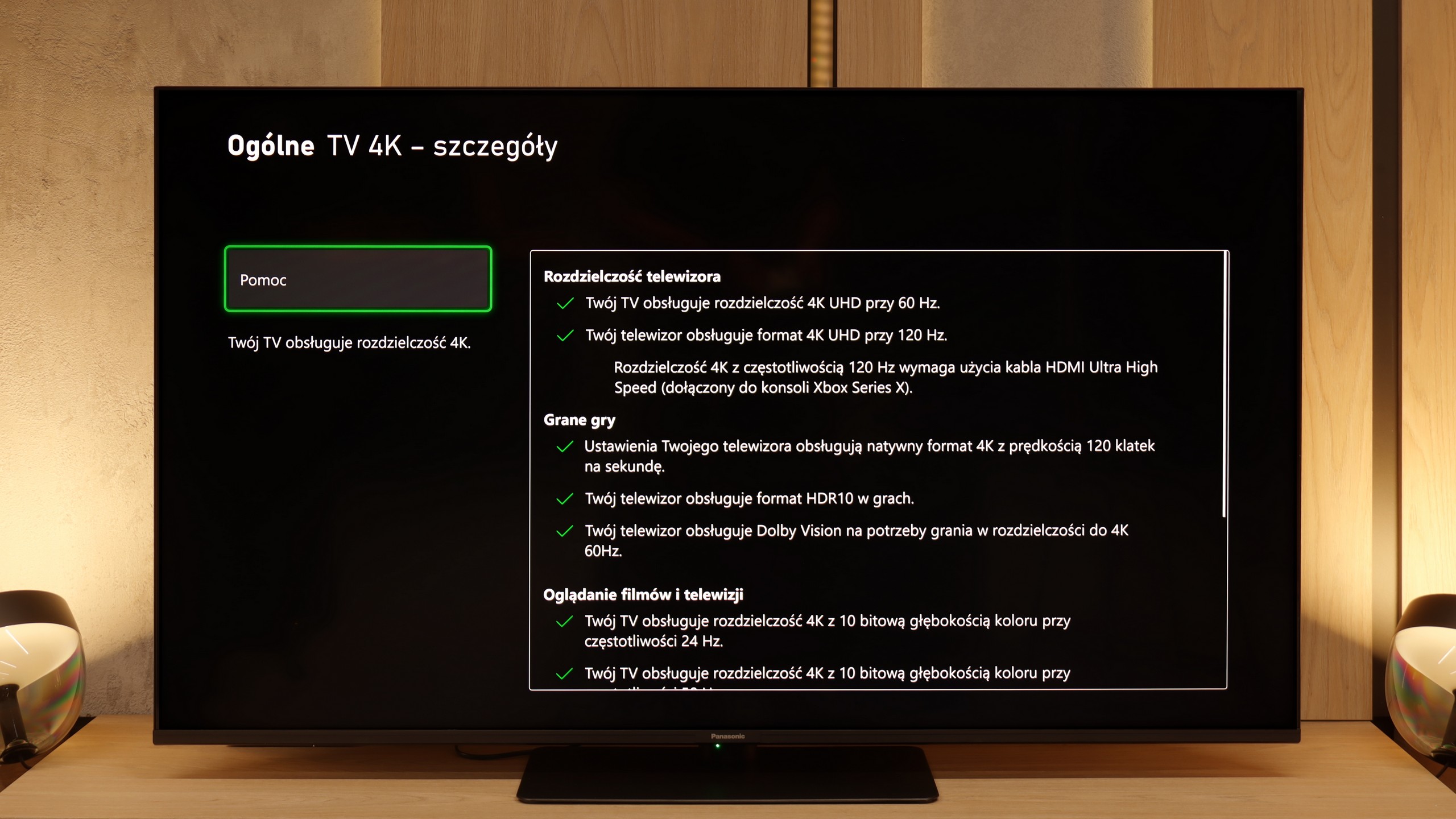

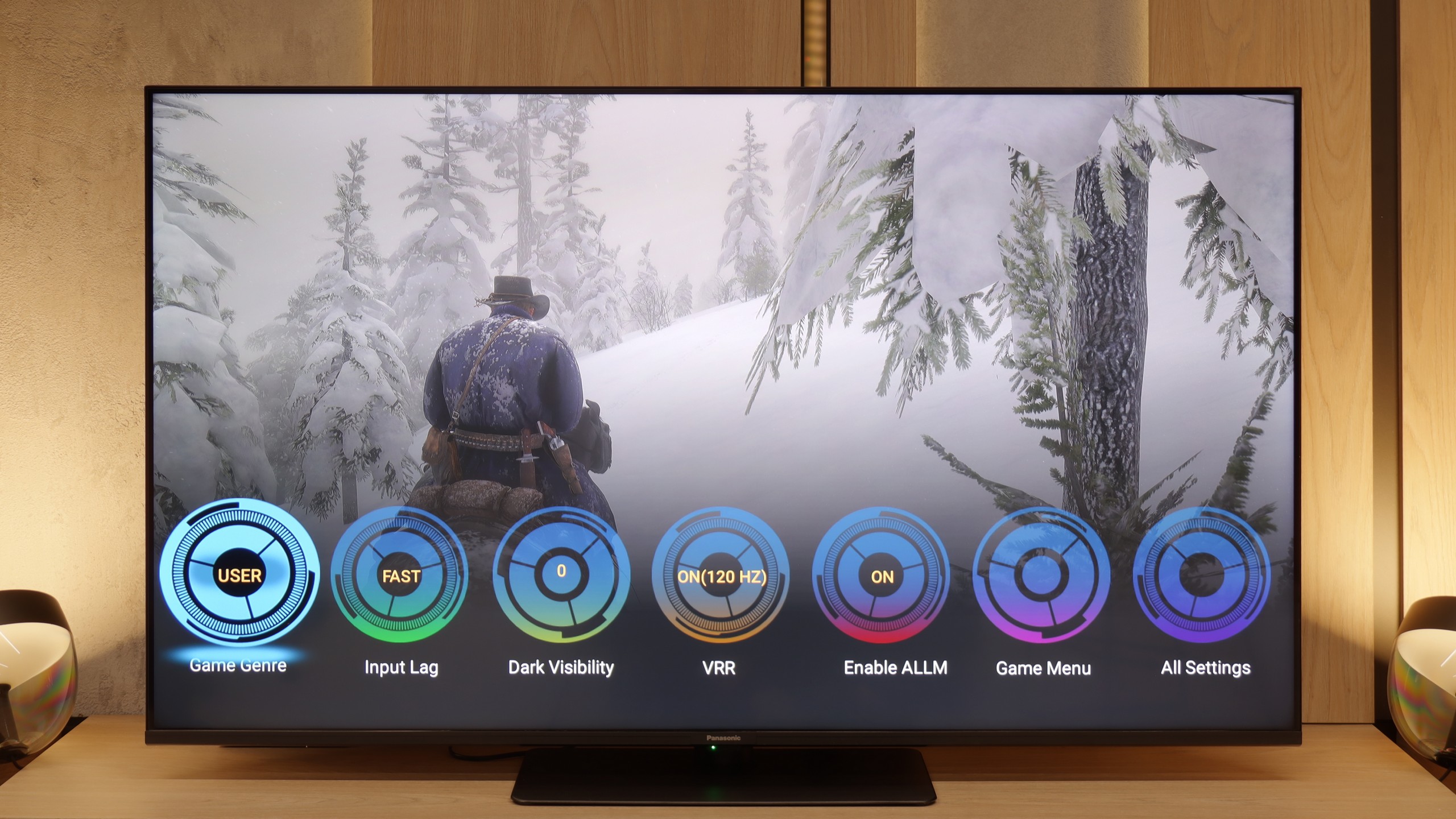


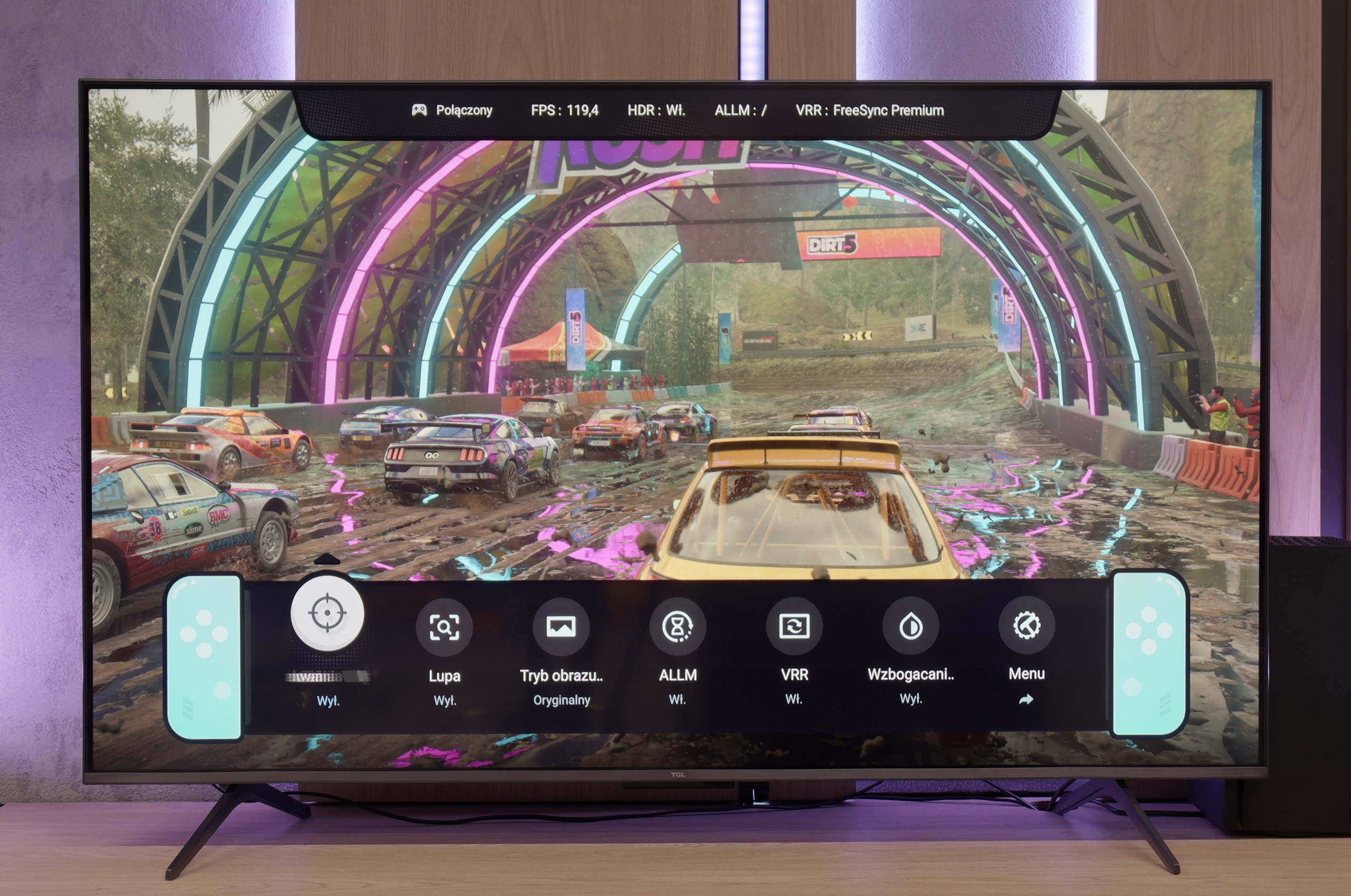
On paper, the Panasonic W85B looks really solid. It has two full HDMI 2.1 ports, support for ALLM, variable refresh rates, Dolby Vision in games, and of course, a high refresh rate of the panel itself. Additionally, it features Panasonic's characteristic game tools bar – a "game bar" that allows you to preview key parameters and quickly change them if needed with a single click. This sounds great, but the problem arises when we turn on HDR. Here, the W85B suffers significantly, as there is practically no HGiG implementation – the television poorly manages brightness, and instead of an accurate picture, we get scenes that are too bright, sometimes even blown out. The solution? The simplest one – turn off HDR in the console settings and leave everything in SDR. And this is where it gets really interesting, as in this scenario, the W85B shows its better side. Low input lag, high fluidity thanks to 120 Hz – all of this makes gaming look phenomenal. Indeed, HDR can be forgone, but if the priority is responsiveness and smooth gameplay, the W85B offers a lot of fun.
TCL C69K / Q6C is a television that can confidently be described as equipment created with gamers in mind. Here we have 4K at 144 Hz, VRR support, automatic game mode (ALLM), and Dolby Vision Gaming. Additionally, there is a practical Game Bar, which is a panel with the most important settings conveniently at hand – useful when we want to change something quickly during gameplay (e.g. screen aspect ratio: Yes, it can be done!). The wide range of VRR, reaching up to 240 Hz, is particularly noteworthy. However, this option is mainly for PC gamers who will operate below the native 4K resolution. In that case, the television can spread its wings and show additional smoothness, especially in fast-paced e-sports titles. For consoles, we stick to the classic limit of 120 Hz, but even so, the capabilities are truly extensive. The only downside is a slight ghosting that can occasionally be seen in dynamic scenes. Other than that, C69K / Q6C offers everything that gamers expect from a television.
Input lag
9.8/10
9.7/10
SDR
HDR
Dolby Vision
There is really nothing to worry about here. The Panasonic W85B responds instantly to our movements, and the values measured in tests can comfortably compete with monitors for gamers. At a 120 Hz signal, the input lag is around 8–10 ms, while at 60 Hz it hovers around 17–20 ms. In practice, this means one thing – no delays, no frustration! You press the button, and the action happens on the screen straight away.
In terms of input lag, TCL C69K / Q6C performs excellently. With 120 Hz content, the delay is about 10 ms, and at times even less. This is a level at which the response is practically instantaneous and difficult to find any objections. For 60 Hz material, the result is around 18 ms – still a very good result, entirely sufficient for comfortable gaming.
Compatibility with PC
8.6/10
8.6/10
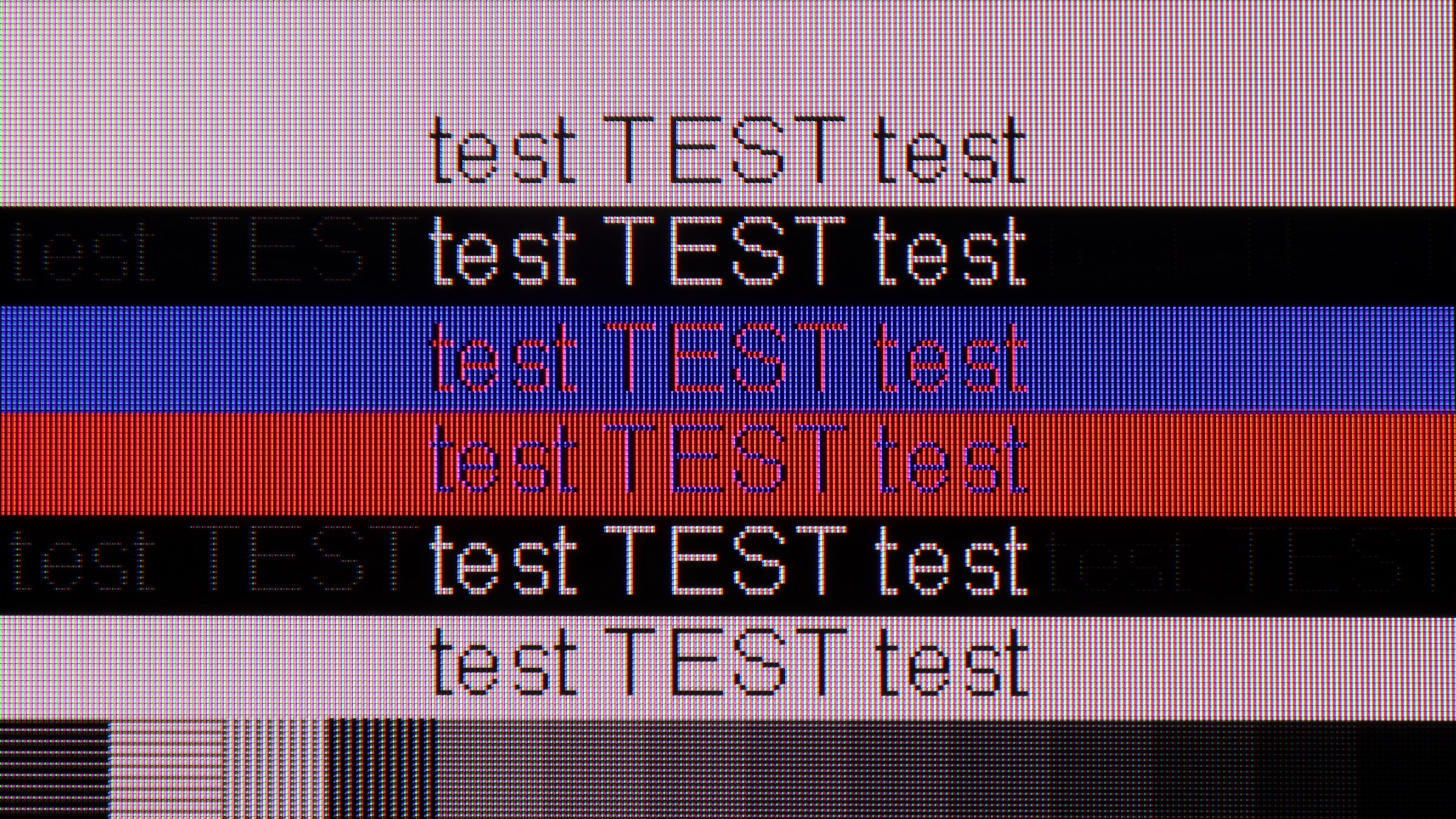
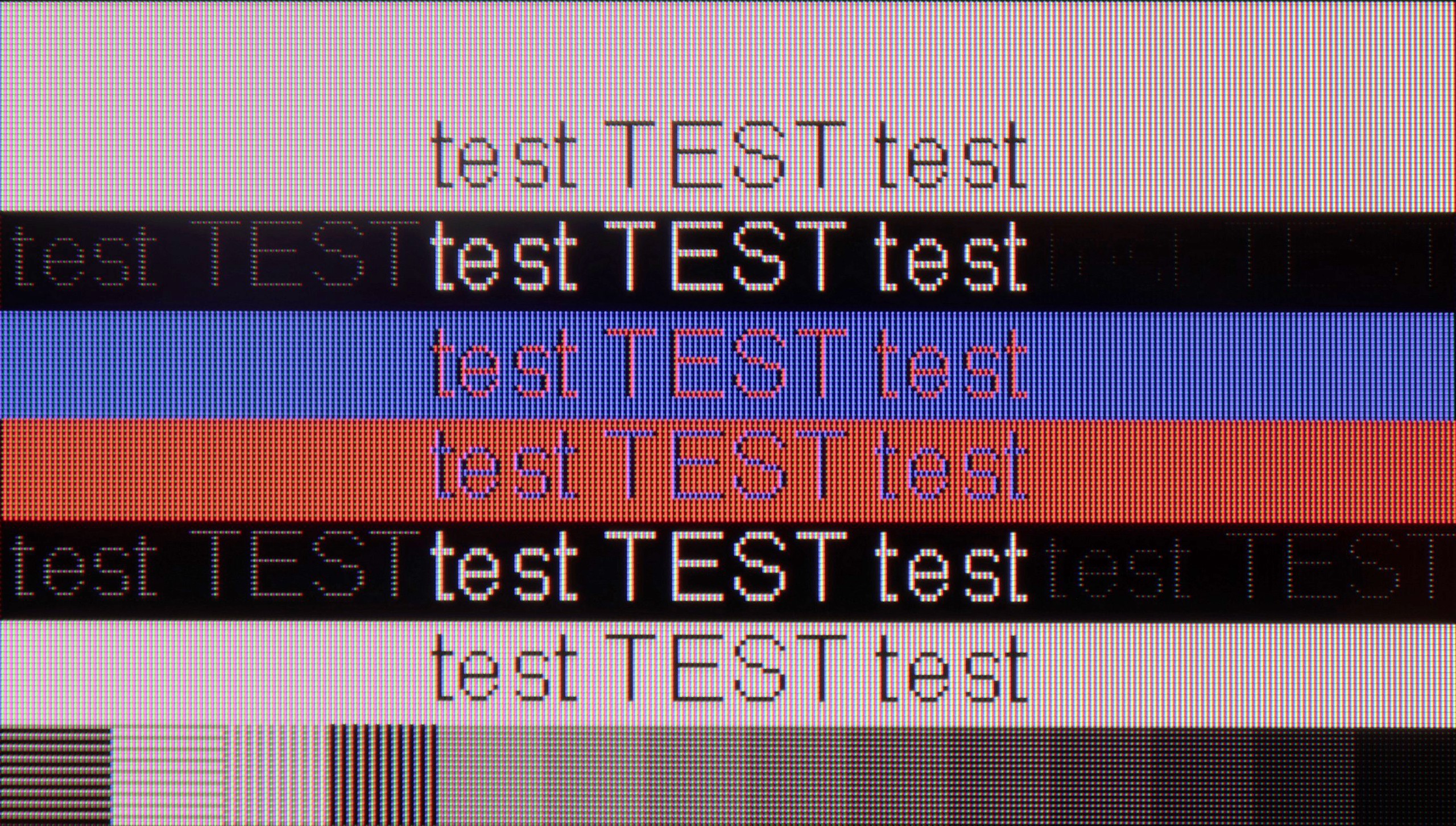
The Panasonic W85B performs surprisingly well as a computer monitor. It is perfectly suited for office work – the fonts are sharp and very readable thanks to full chroma 4:4:4 support, so you can easily write, browse pages, or work on spreadsheets. But the real fun begins when gaming. The television handles refresh rates of up to 144 Hz for PC without any issues, and it also supports popular image synchronisation technologies such as NVIDIA G-Sync and AMD FreeSync. This means we don't have to worry about screen tearing or stuttering – gameplay is smooth and looks simply fantastic.
As a monitor for a computer, TCL C69K / Q6C performs excellently. At its native resolution, we achieve 4K at 144 Hz, and by lowering the resolution, it can reach even 240 Hz. The television also works with Nvidia and AMD graphics cards, supporting both G-Sync and FreeSync. It is also difficult to find any complaints for office work. Thanks to the support for chroma 4:4:4, the fonts are sharp and legible, and any minor imperfections are so small that they remain unnoticed in everyday use.
Viewing angles
3.2/10
3/10
Here you can see the biggest price we pay for the high quality of the VA matrix contrast. The W85B, like most televisions with this type of panel, does not perform very well when viewed from a wider angle. Colours lose intensity and the image begins to fade as soon as we move away from the screen's axis. This is not a flaw of Panasonic itself, but rather a characteristic of VA technology – excellent contrast in exchange for poorer viewing angles. So if you plan to watch films with a larger group and often sit "off to the side," you need to keep this in mind.
On the TCL C69K / Q6C, the viewing angles are typical for a VA panel. Sitting directly in front, the image looks very good, but any shift to the side results in a noticeable drop in colour saturation and brightness. The difference is particularly evident in colourful scenes – the hues become washed out, and the contrast loses its depth. Compared to IPS panels, this is clearly a weaker performance, although it is compensated by better blacks and higher native contrast.
TV efficiency during daytime
4.2/10
6.4/10
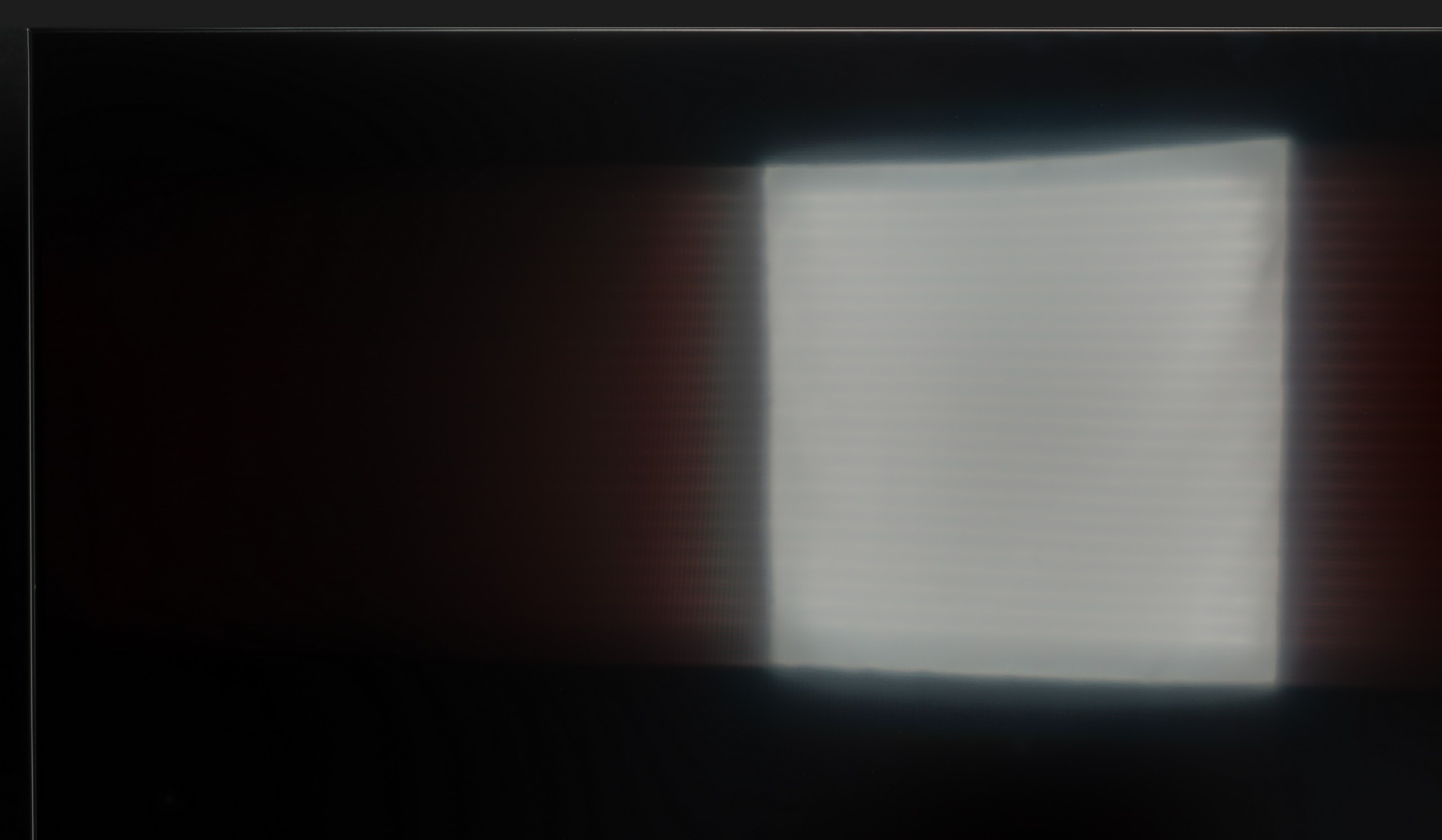
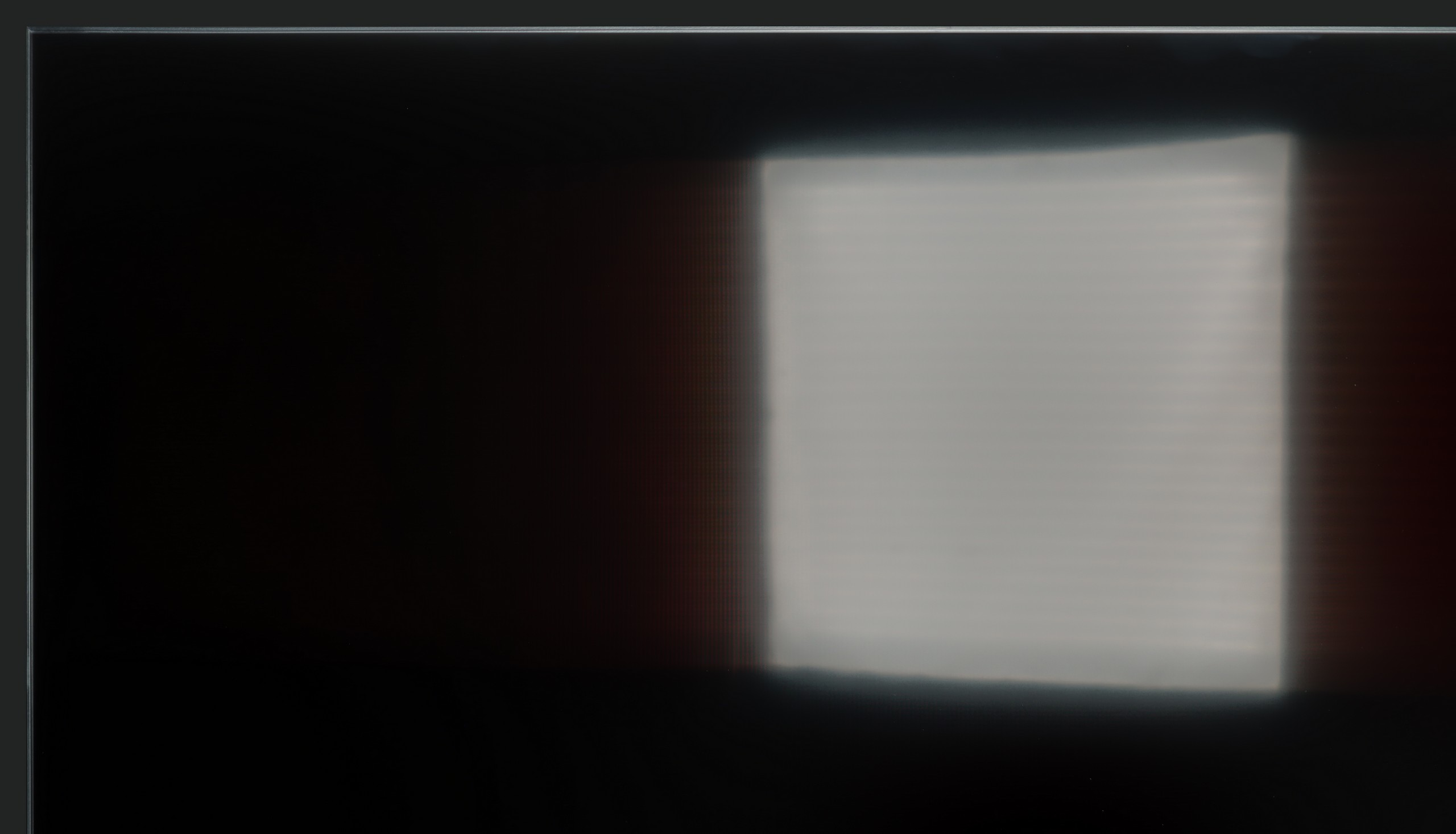


Matrix brightness
Average luminance SDR
TCL C69K / Q6C: 532 cd/m2
Panasonic W85: 263 cd/m2
The Panasonic W85B features a satin-finish panel that performs quite well in reducing reflections and maintaining colours even under strong light from windows or lamps. There is no "mirror" effect here, so watching television in a typical living room during the day is comfortable. However, the problem arises in really bright rooms – the television does not have high brightness, so it cannot compete with very strong sunlight. It is simply a screen that performs best in controlled conditions.
In bright lighting conditions, TCL C69K / Q6C performs quite well. The panel offers decent brightness (in SDR content, it reaches around 550 nits), which allows for comfortable TV viewing in an average-lit living room, and even on days when strong light comes through the windows. This means that daytime viewing does not require complete darkening of the room. Another positive aspect is that the screen coating does a fair job of suppressing reflections, so the television does not become a "mirror" even in bright light. However, it is not at the level of top models with more advanced anti-reflective coatings – in very challenging conditions (e.g., with large windows), reflections will be noticeable.
Details about the matrix
Subpixel Structure:
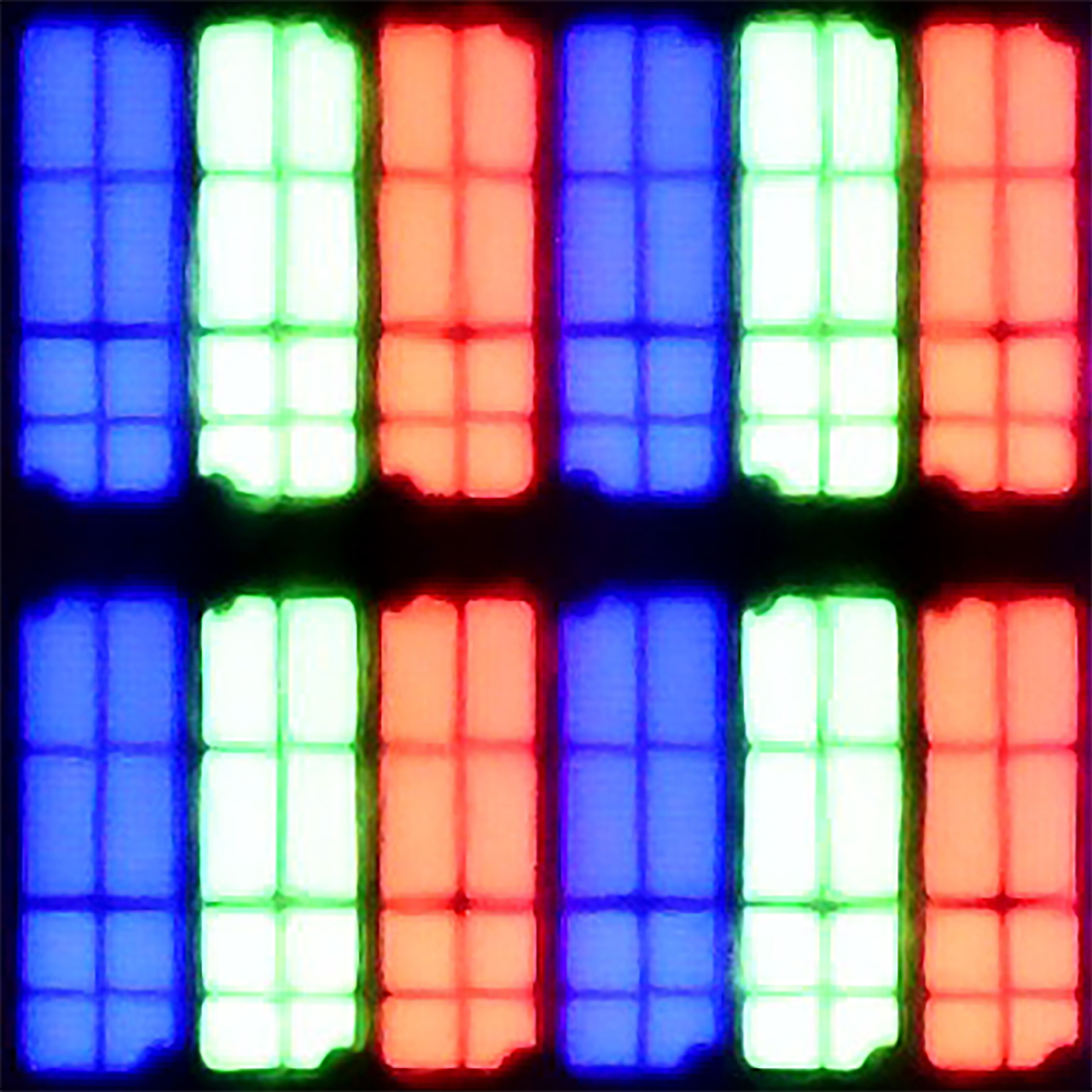

Panel uniformity and thermal imaging:
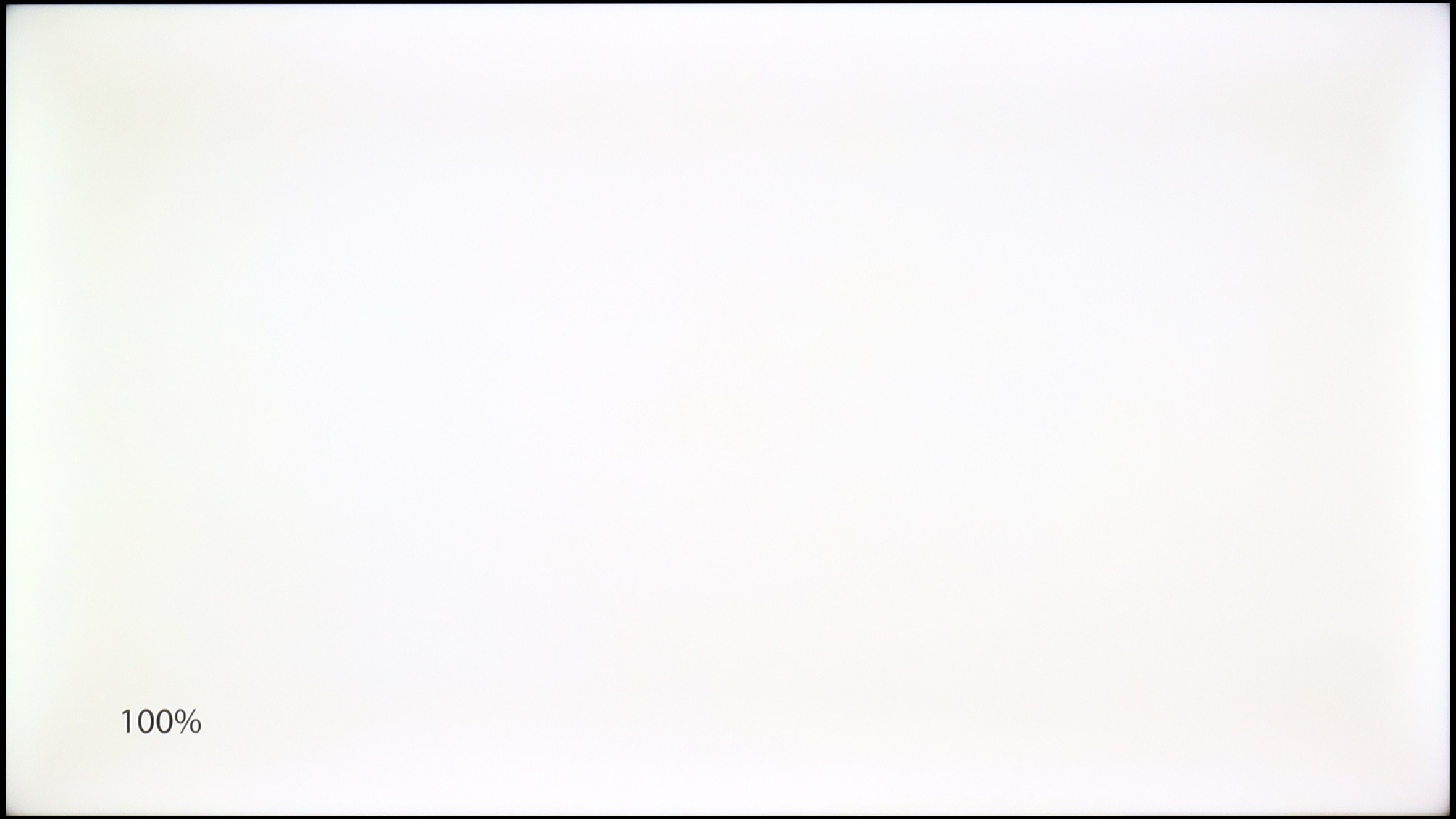

Panasonic W85
TCL C69K / Q6C
TV features
6.8/10
7/10
- HDMI inputs1 x HDMI 2.0, 2 x HDMI 2.1 48Gbps2 x HDMI 2.0, 2 x HDMI 2.1 48Gbps
- OutputsToslink (Optical audio), eARC (HDMI), ARC (HDMI), Mini-Jack (Headphones)Toslink (Optical audio), eARC (HDMI), ARC (HDMI)
- Network InterfacesWi-Fi 2.4GHz, Wi-Fi 5GHz, Ethernet (LAN) 100MbpsWi-Fi 2.4GHz, Wi-Fi 5GHz, Ethernet (LAN) 100Mbps
- TV receptionDVB-T, DVB-T2, DVB-S, DVB-S2DVB-T, DVB-T2, DVB-S, DVB-S2, DVB-C
Classic features:
- Recording to USB (terrestrial TV)
- Recording programming
- Picture in Picture (PiP)
- RF remote control (no need to aim at the screen)
- Backlit remote control
- Teletext
- Audio only mode
- Bluetooth headphones support
- Simultaneous Bluetooth headphones & TV audio
Smart features:
- AirPlay
- Screen mirroring (Windows Miracast)
- Voice search
- Voice search in native language
- Ability to connect a keyboard and mouse


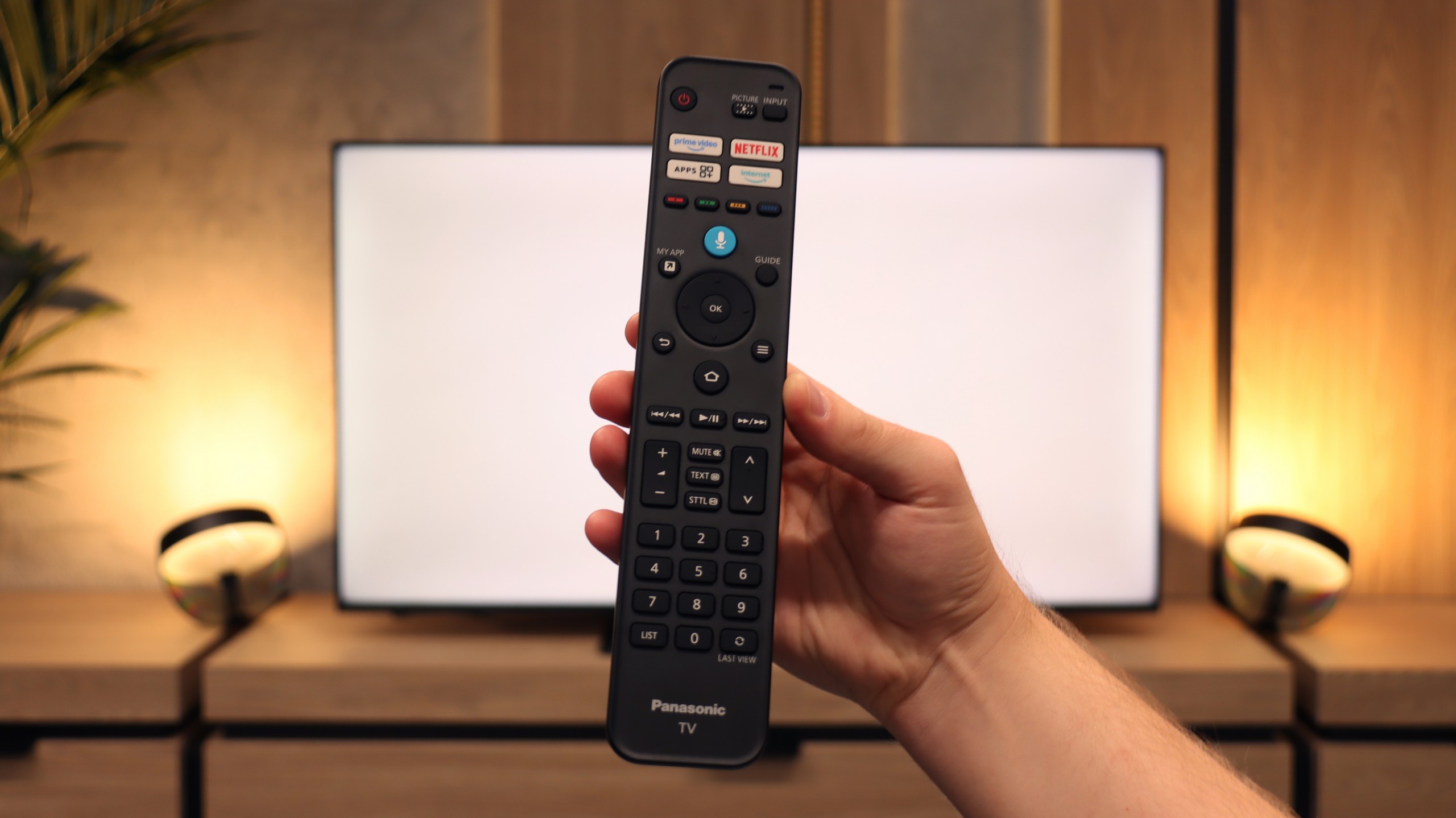
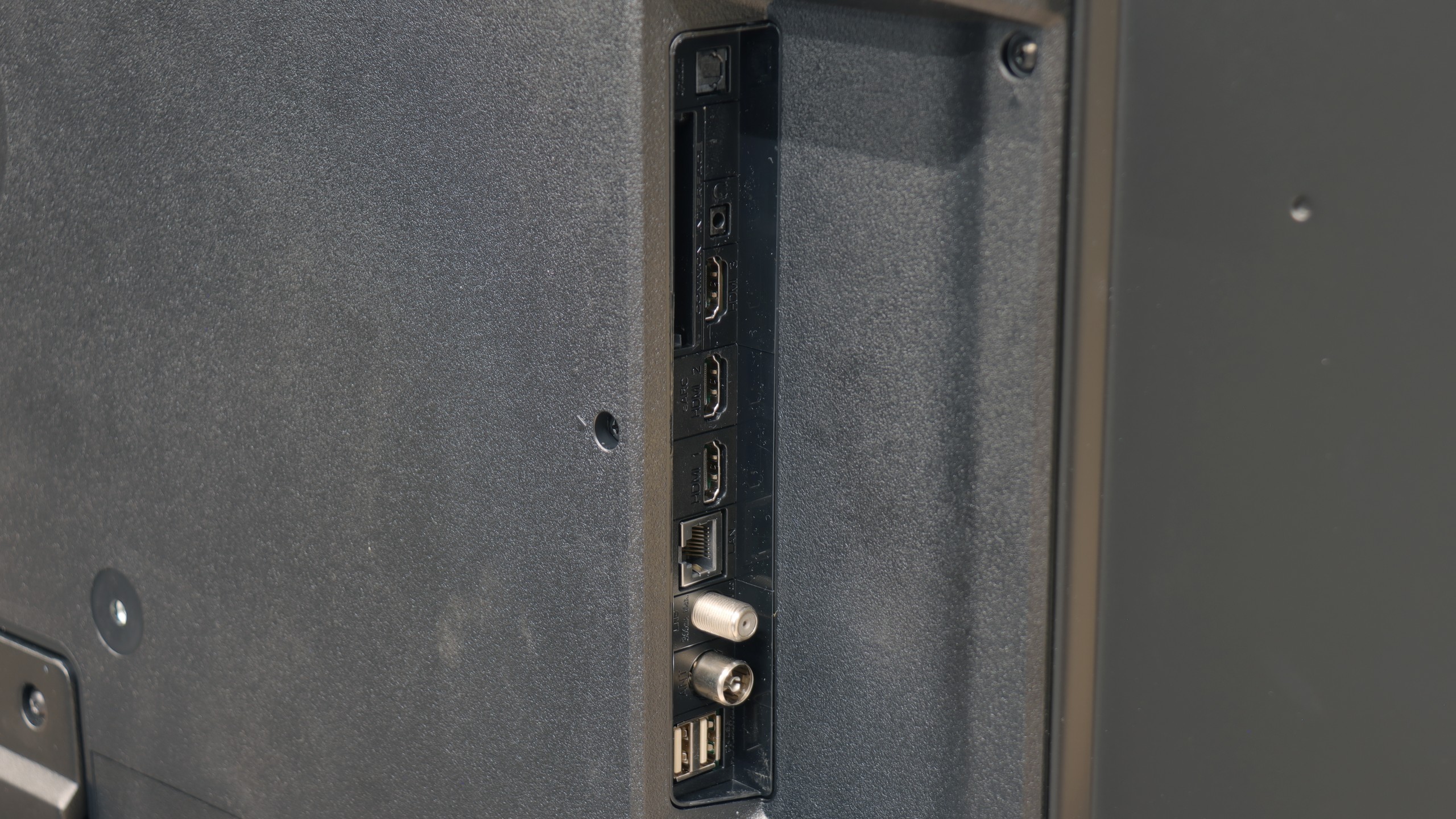
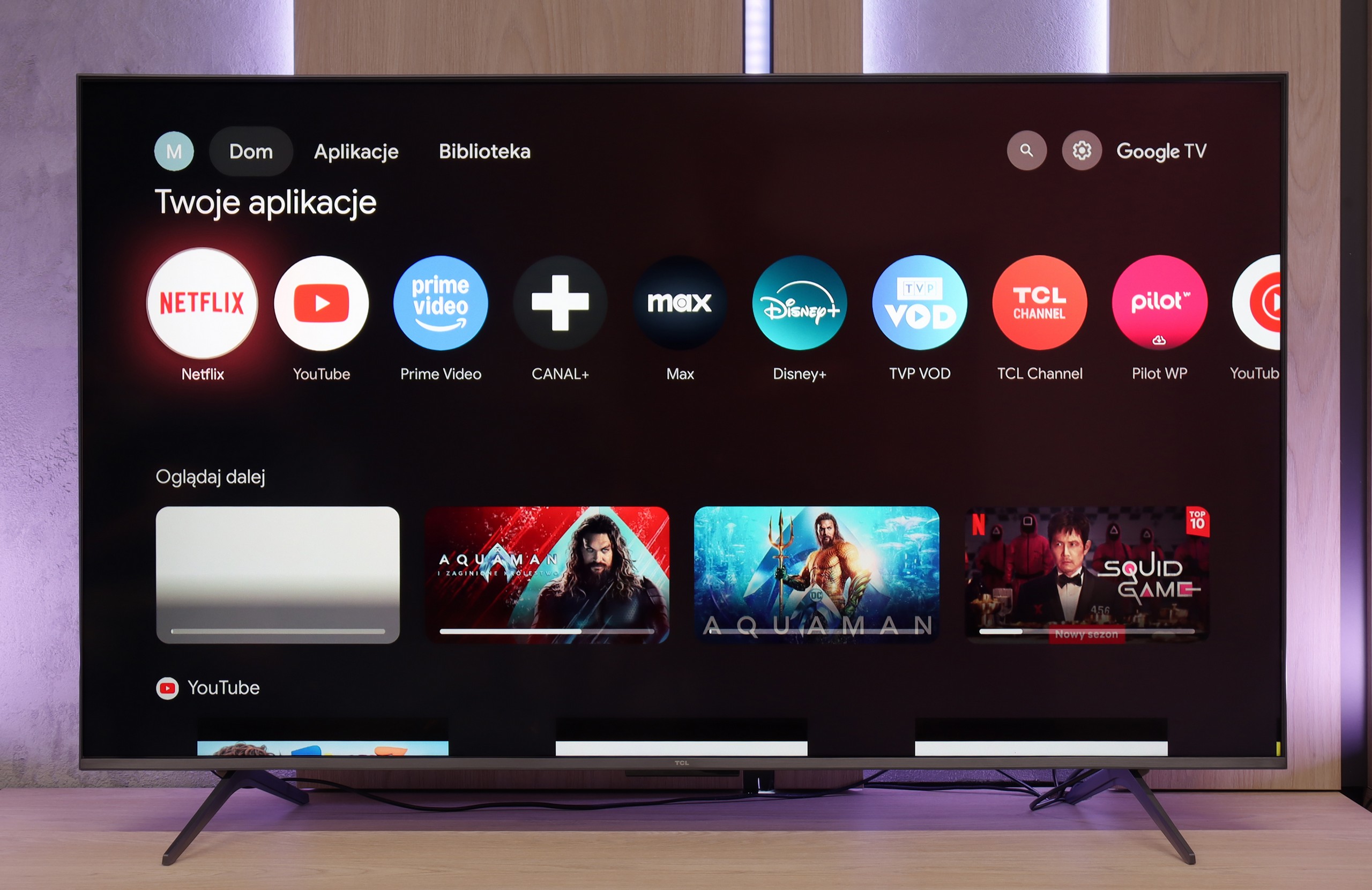
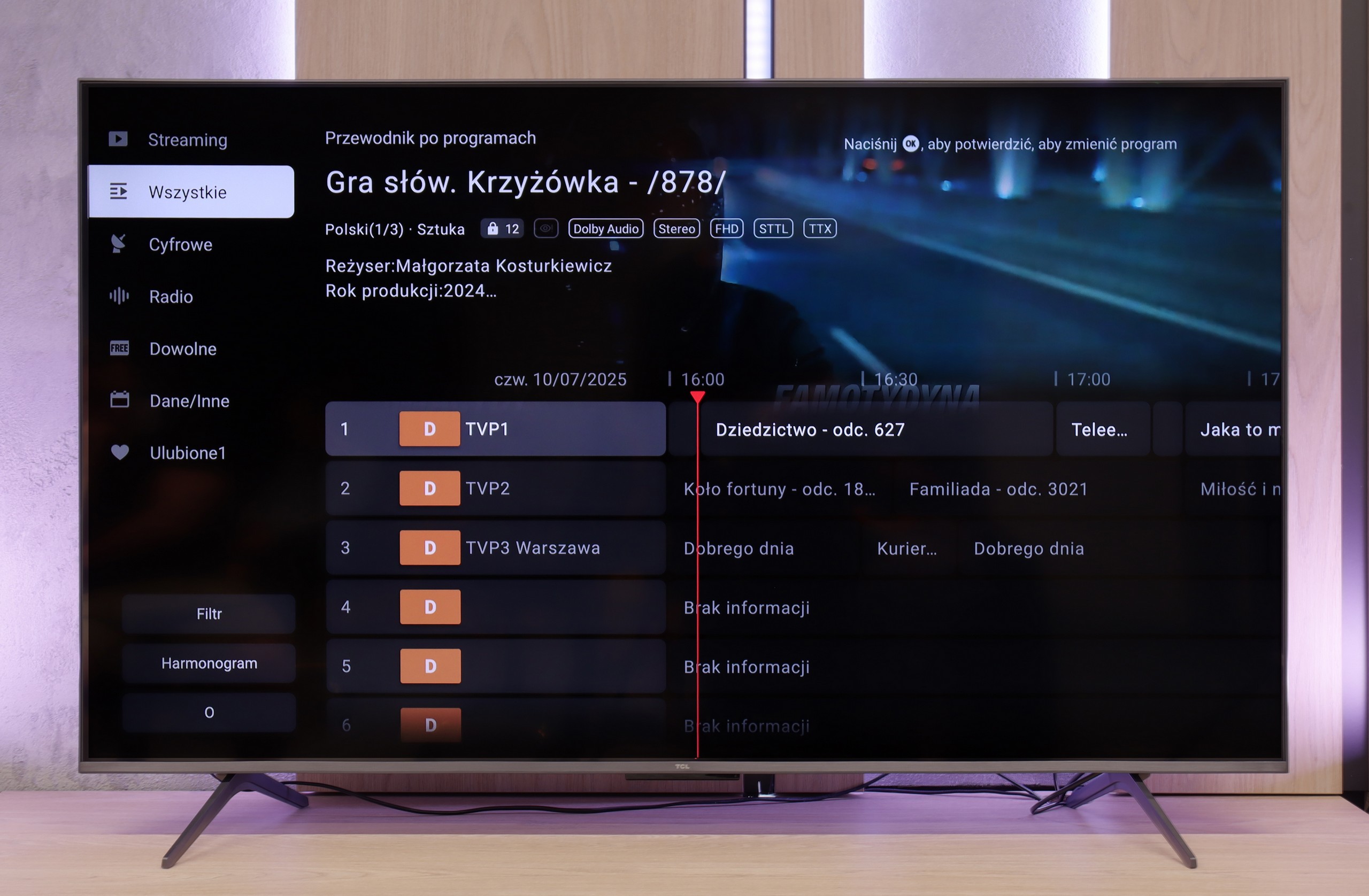
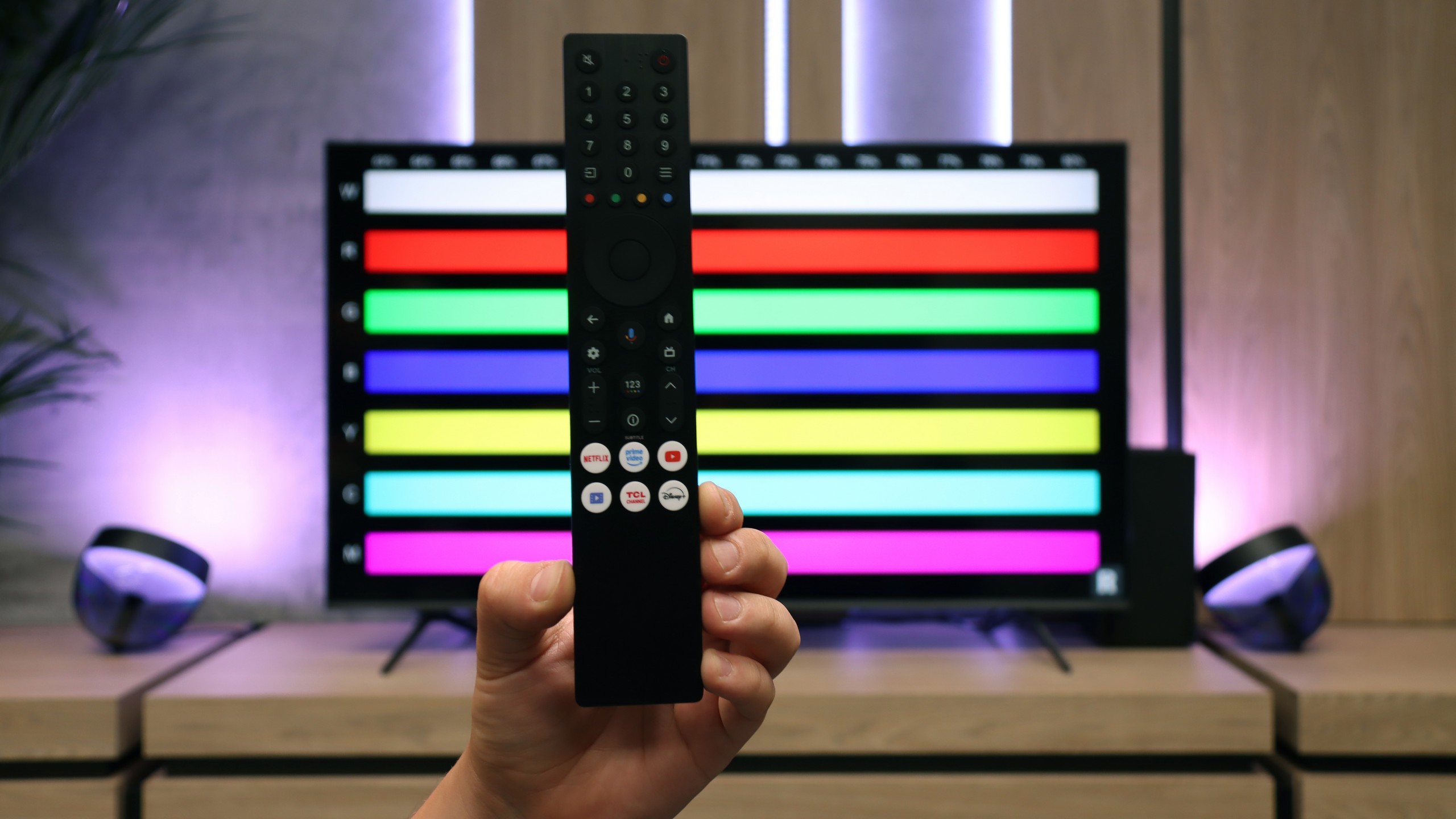
SmartTV: FireTV
The W85B runs on the Fire TV system, and it must be said – it is a significant step forward compared to Panasonic's previous proprietary solutions. Here, we have support for AirPlay, screen mirroring, and even voice control through Alexa. It sounds modern, and in practice, it does provide a lot of capabilities. The problem is that in Europe, Fire TV still looks a bit like a “guest with luggage.” It works decently, but there are occasional micro-hiccups, the interface doesn't always respond as smoothly as we would like, and in the menu, one can encounter awkward translations. This is not yet at the level of the big players like Google TV or even Tizen, but it is still an improvement compared to what Panasonic had previously. The worst part, however, is that the Fire TV application library is quite modest, and this is its biggest drawback.
Classic Television Functions
In terms of typical television functionalities, it is quite good – we have a classic remote control with a full numeric keypad, a clear EPG guide, and the possibility to record programmes from the built-in tuner to an external USB drive (e.g. a flash drive). The downside is the lack of the option to schedule recordings in advance – you can only record “here and now,” but not set recordings for later.
Multimedia Features: Google TV
The Google TV system is undoubtedly the strongest user aspect of TCL C69K / Q6C. It gives the television its character and provides an advantage over many competitors. We receive a full package of services: from support for popular streaming applications, through support for screen mirroring, to AirPlay (so that iPhone users feel at home). Additionally, there is the Google Assistant, recently updated to Gemini AI, which not only answers questions but also efficiently executes simple commands (e.g., changing channels or searching for content in VOD). The system itself operates quite responsively. However, one cannot overlook a certain downside: the awkward translations in the Polish menu can elicit a smile but sometimes require a moment's thought to decipher their meaning.
Classic Features
In terms of classic television functions, the TCL C69K / Q6C fares rather average. We will not find USB recording or PiP mode here, which may be disappointing for some users. However, the manufacturer has not forgotten the basics: teletext television and a clear EPG are available, which still matter to certain users. In daily use, the support for external audio devices via Bluetooth is also useful. It’s a simple way to connect, for example, a speaker or headphones, which can be a practical solution for seniors. Beyond that, however, it's hard to find elements that would distinguish C69K / Q6C from its rivals – it is simply a solid but standard package of basic functions.
Playing files from USB
3.1/10
8.9/10
Supported photo formats:
Maximum photo resolution:
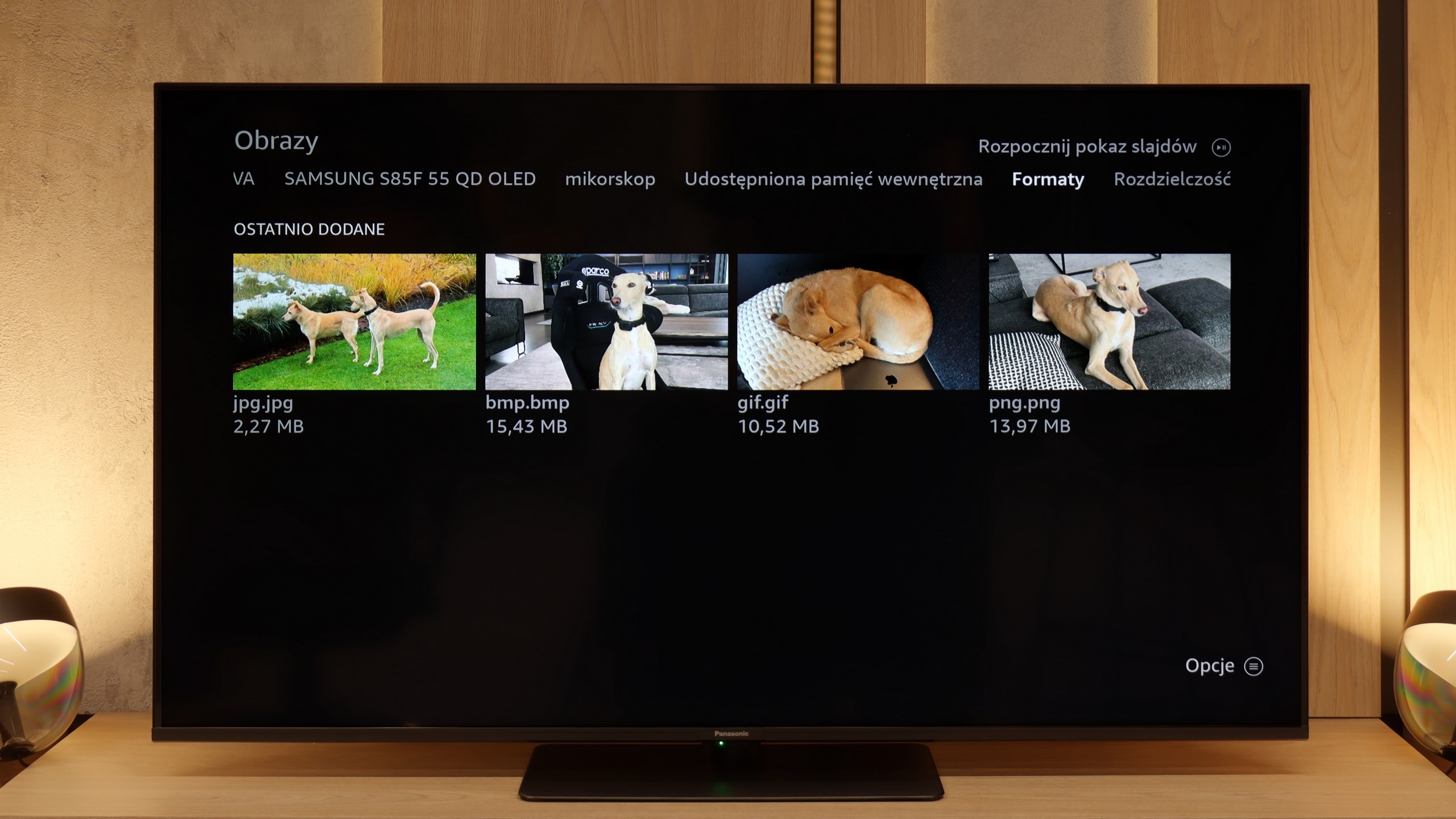
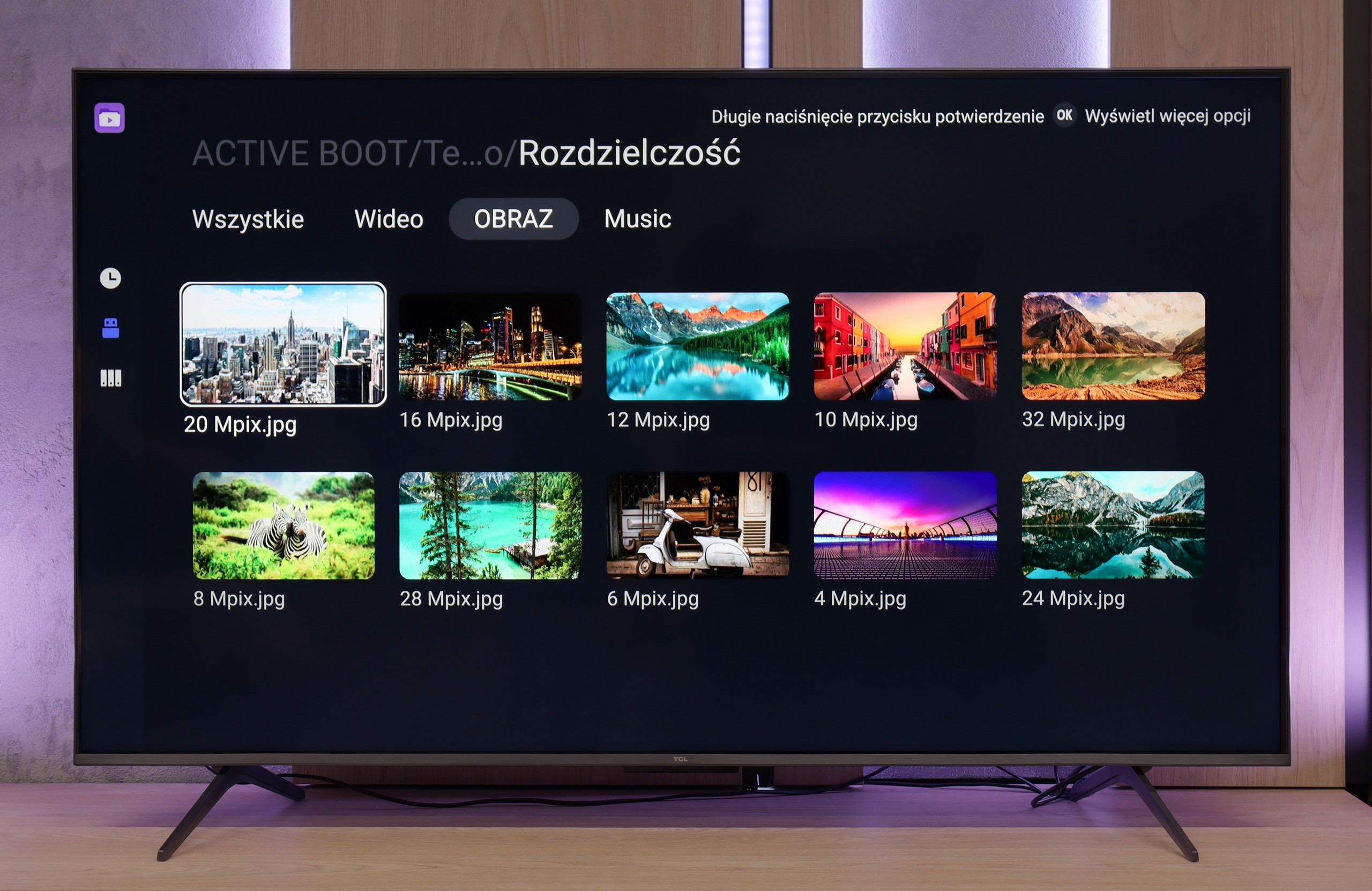
The biggest downside of the built-in player with Fire TV is the lack of support for external text subtitles. If you have your own film library and use text files, you simply won't be able to display them on this television. The player itself handles basic video formats, but if someone wants to fully utilise files from USB, they will likely end up installing an additional application from the store (e.g. VLC).
The built-in media player in TCL C69K / Q6C performs really well – practically all popular file formats work without major issues. There are indeed minor exceptions, particularly with less common codecs or unusual video file configurations, but in everyday use, this is rarely noticeable. The biggest advantage, however, is that the television runs on Google TV, which provides complete freedom in choosing additional software. If someone encounters a file that the standard player does not support, it's enough to install an alternative – such as VLC – and the problem disappears.
Apps
7.6/10
9.6/10














































Sound
5.8/10
6.5/10
- Maximum volume87dB-
- Dolby Digital Plus 7.1
- Dolby True HD 7.1
- Dolby Atmos in Dolby Digital Plus (JOC)
- Dolby Atmos in Dolby True HD
- DTS:X in DTS-HD MA
- DTS-HD Master Audio
Here, the Panasonic W85B unfortunately has nothing to boast about. The speakers sound flat and rather “plastic”, so there’s definitely no talk of cinema experiences here. There’s no depth, there’s no clear bass – just basic sound that’s merely meant to “exist”. It’s a shame because we thought that the external subwoofer used here would actually make a difference. Unfortunately, we were mistaken. The only advantage is that the television can play really loudly. This may appeal to older users who often need higher volumes to comfortably watch programmes or news. It’s sufficient for everyday TV watching, but if someone is thinking about films and games – an additional soundbar or audio system is practically a must.
In terms of audio, TCL C69K / Q6C performs quite well. The manufacturer has been boasting about its collaboration with the Onkyo brand for several years, and it indeed translates into sound quality. The sound is pleasant, with clear mids and a fairly clean top end, and overall it feels well-balanced. Of course, it cannot replace a full-fledged soundbar, especially regarding bass depth, but for built-in speakers in a television of this price range – it is really very good.
Sound Quality Test
No sound test video
Acoustic Measurements
87dBC (Max)
75dBC
No acoustic data
